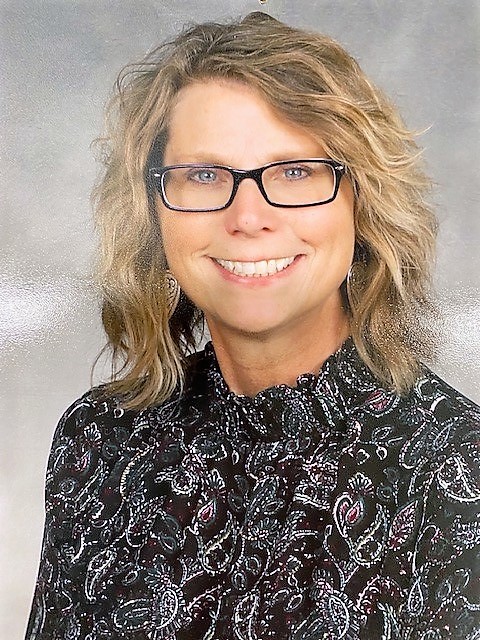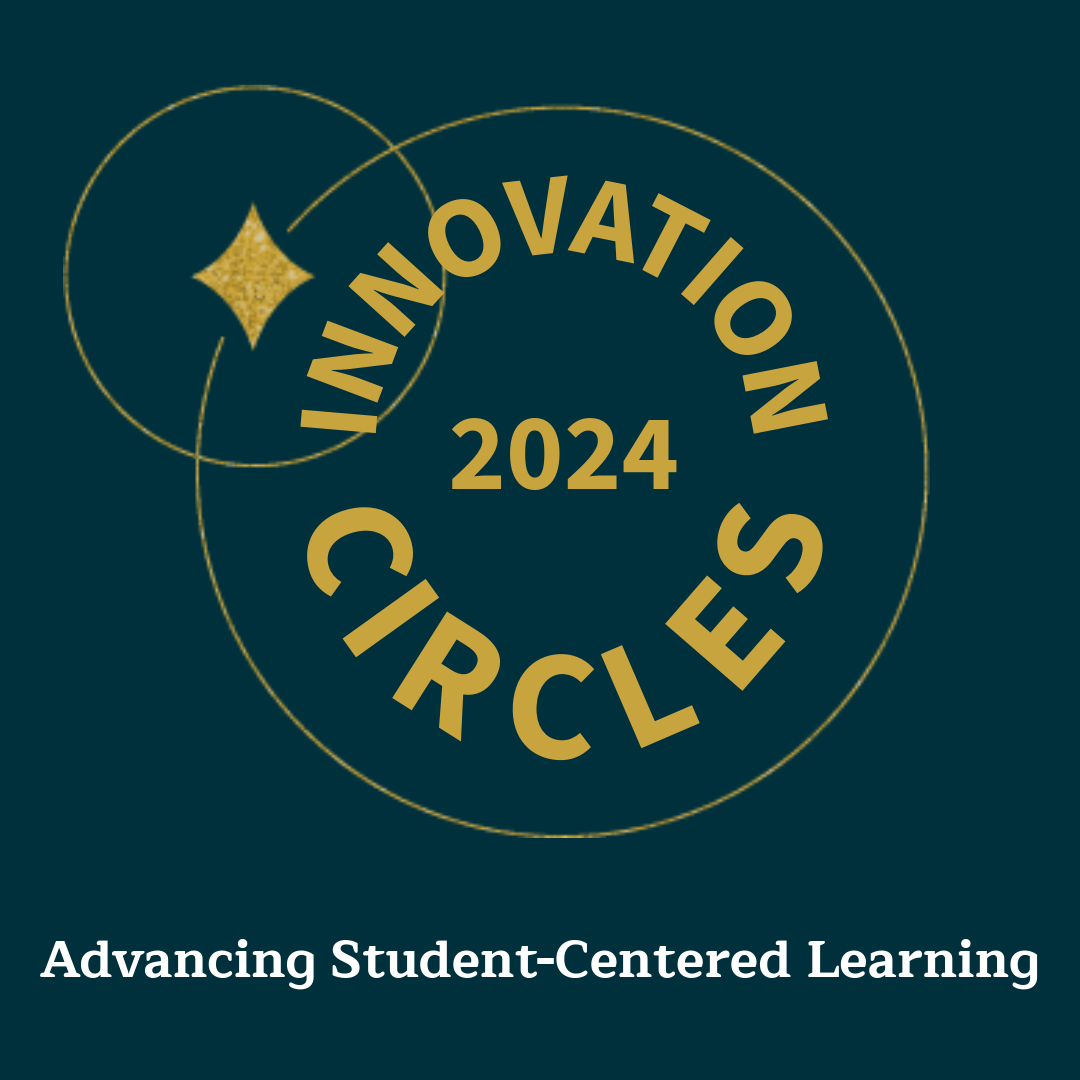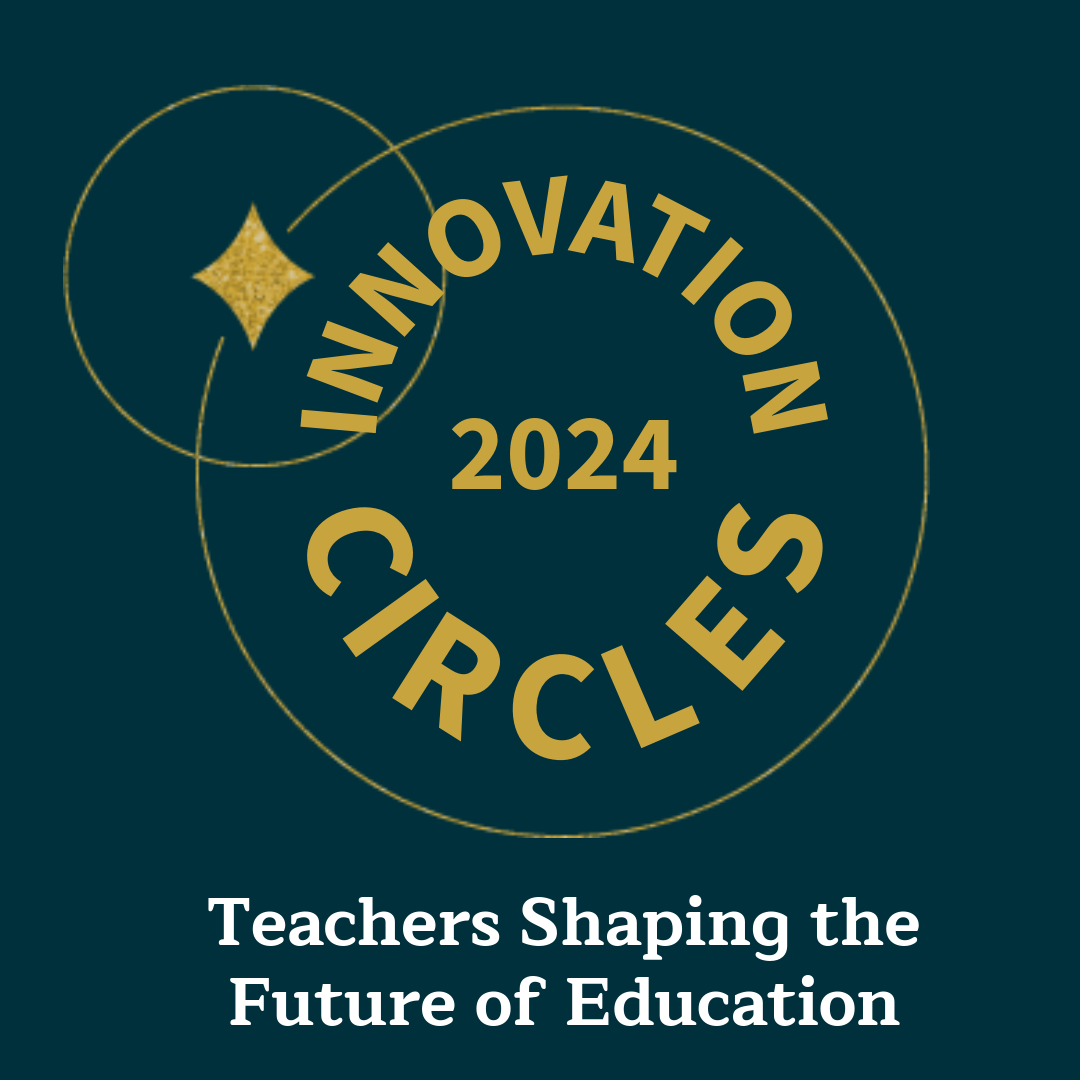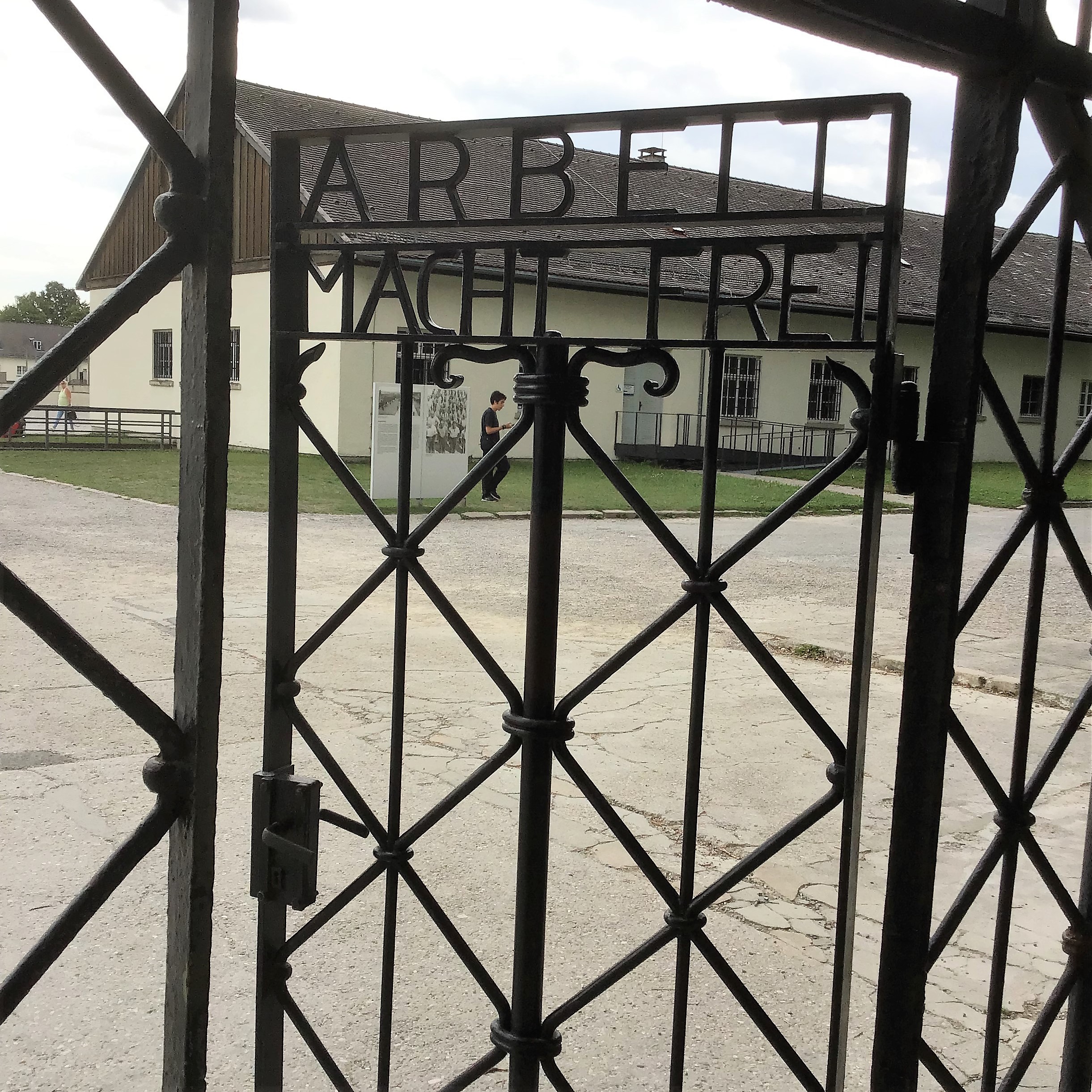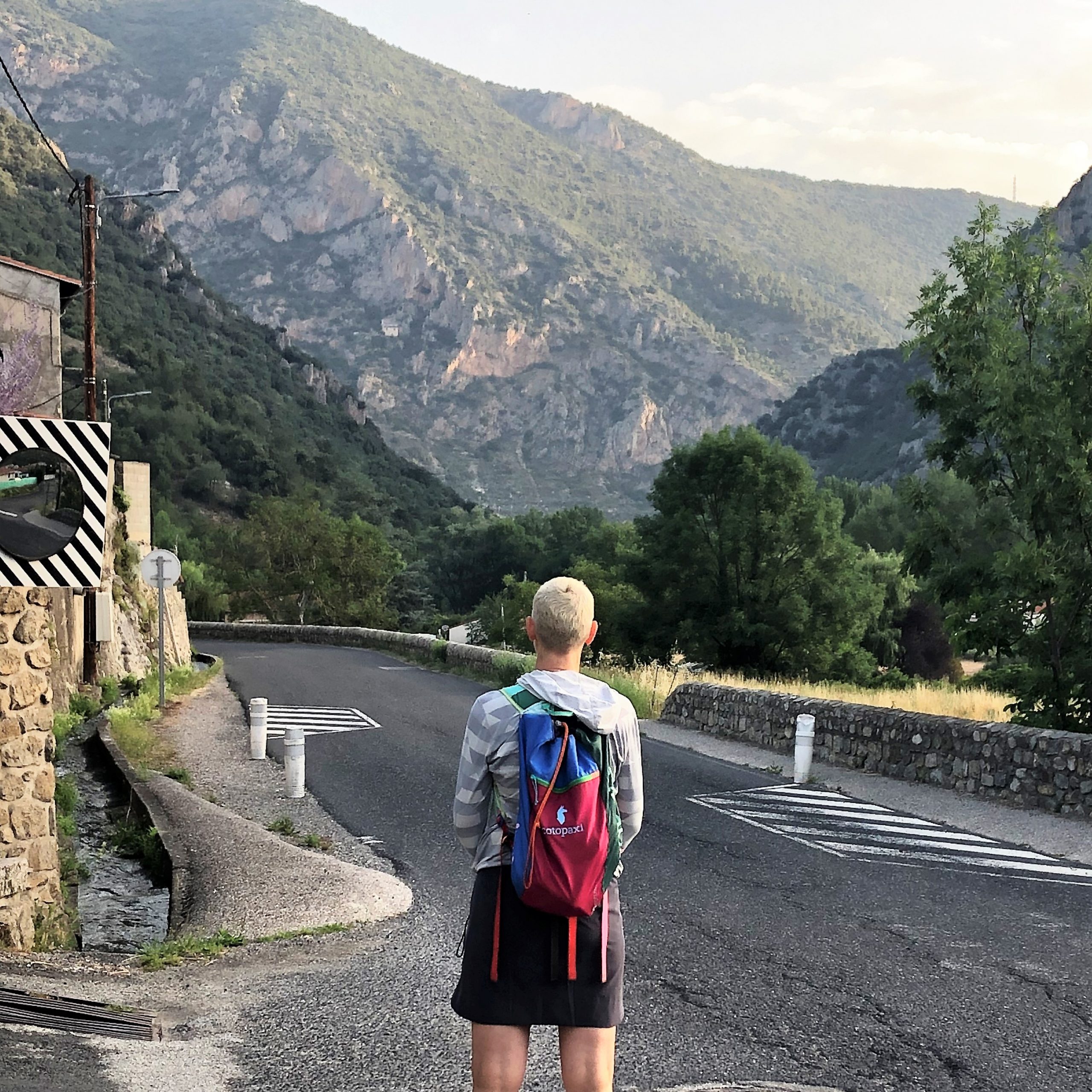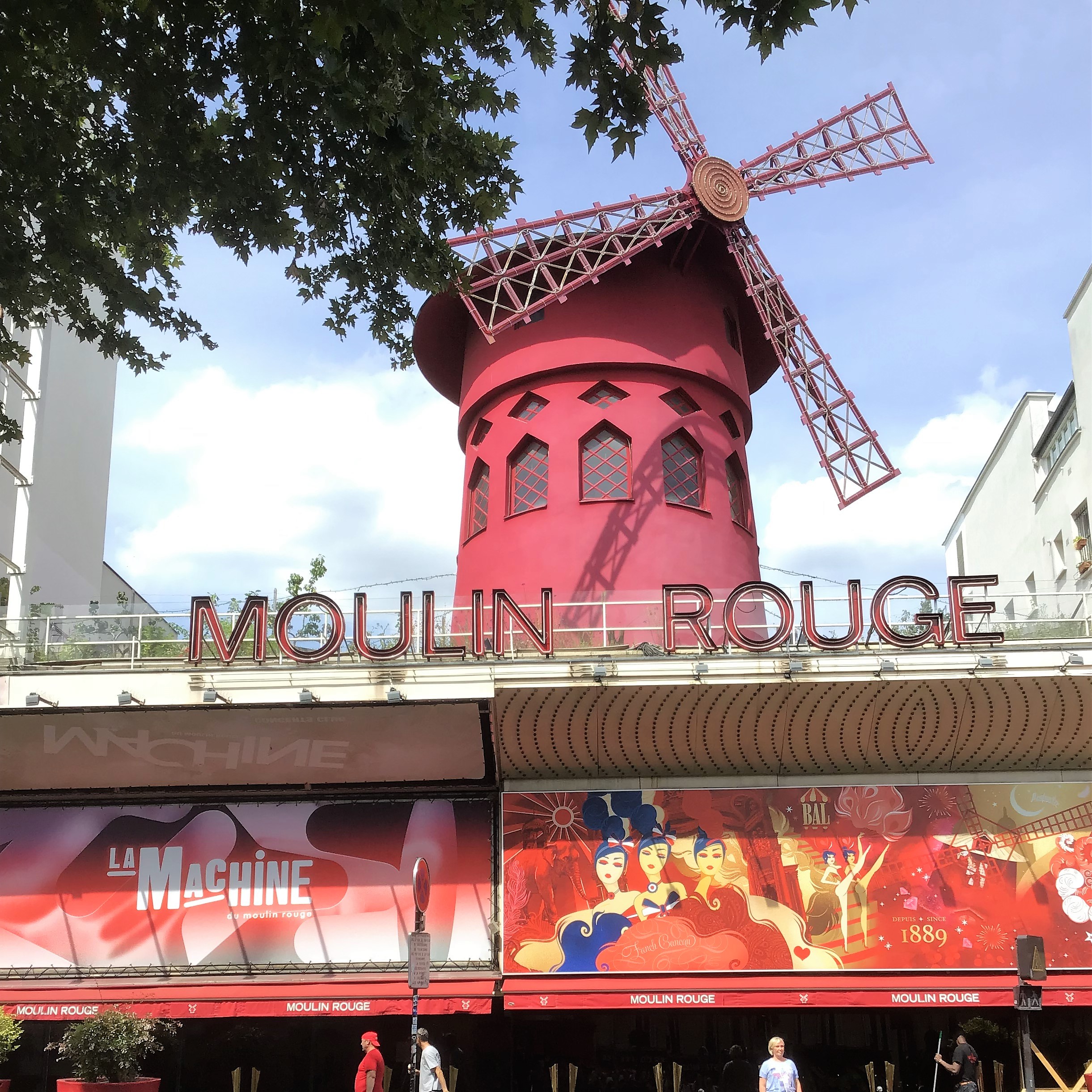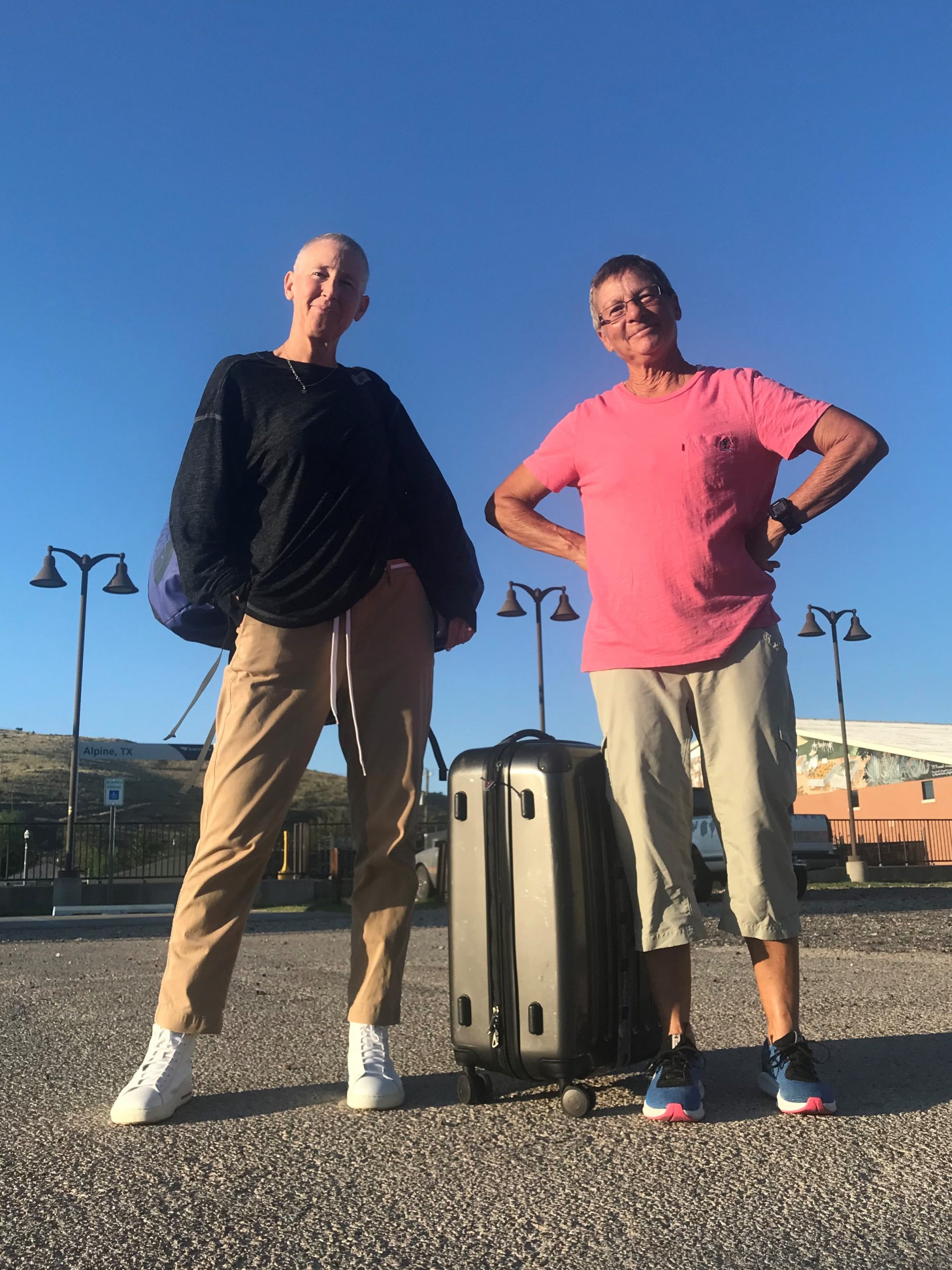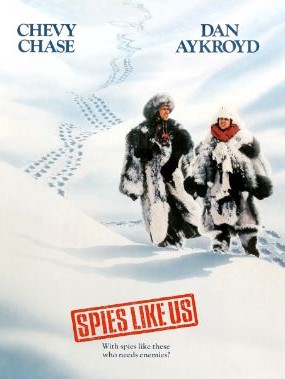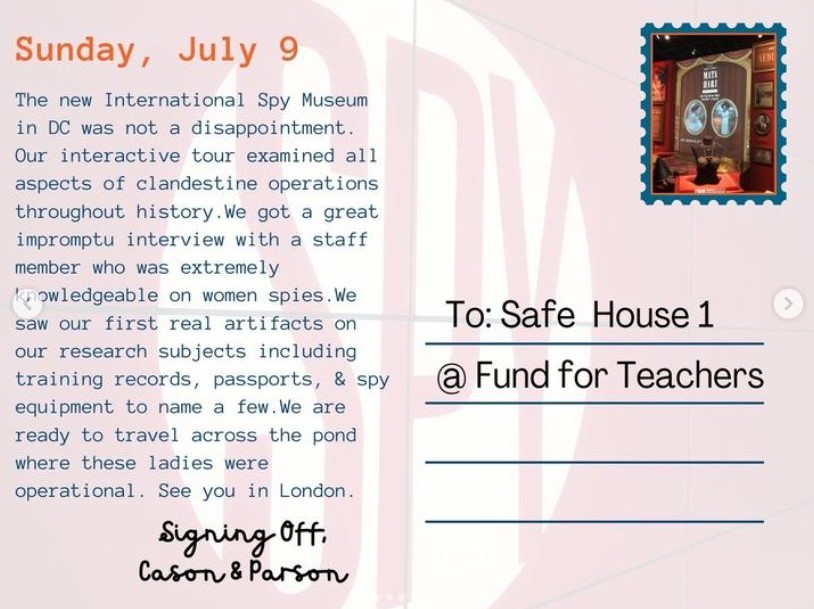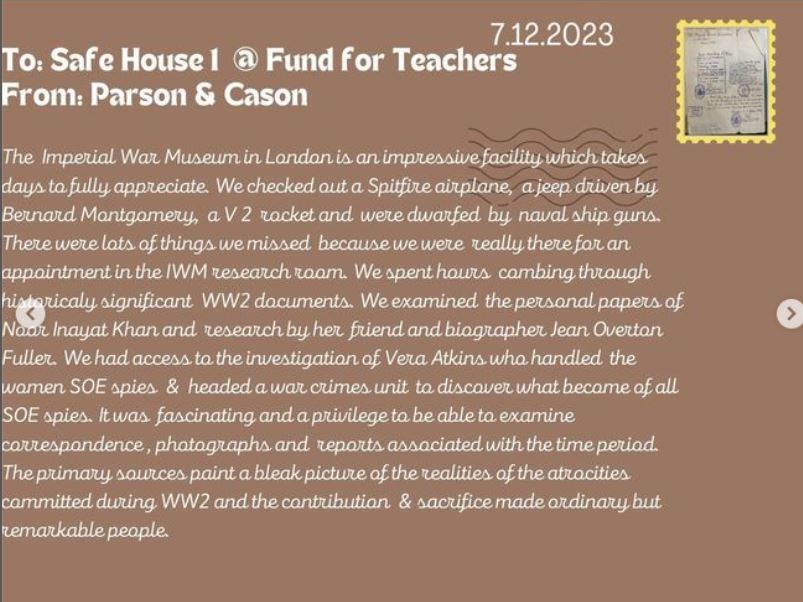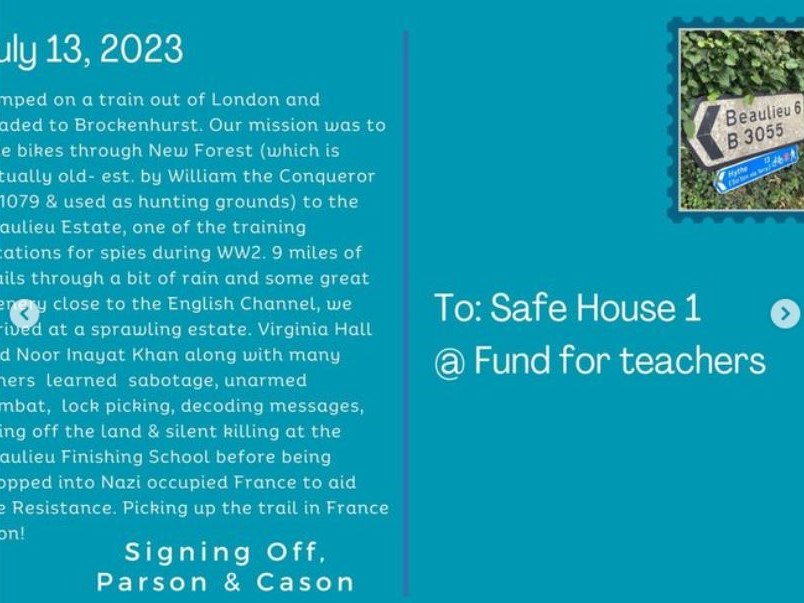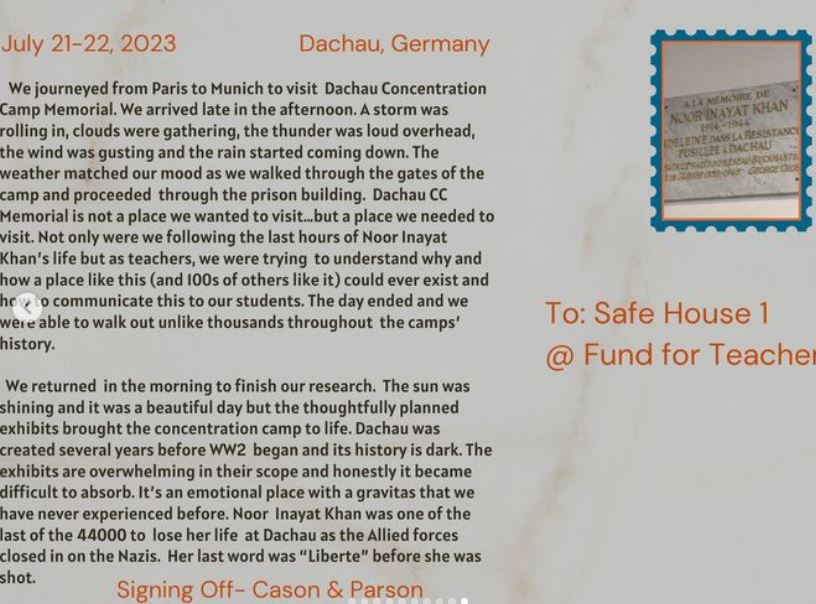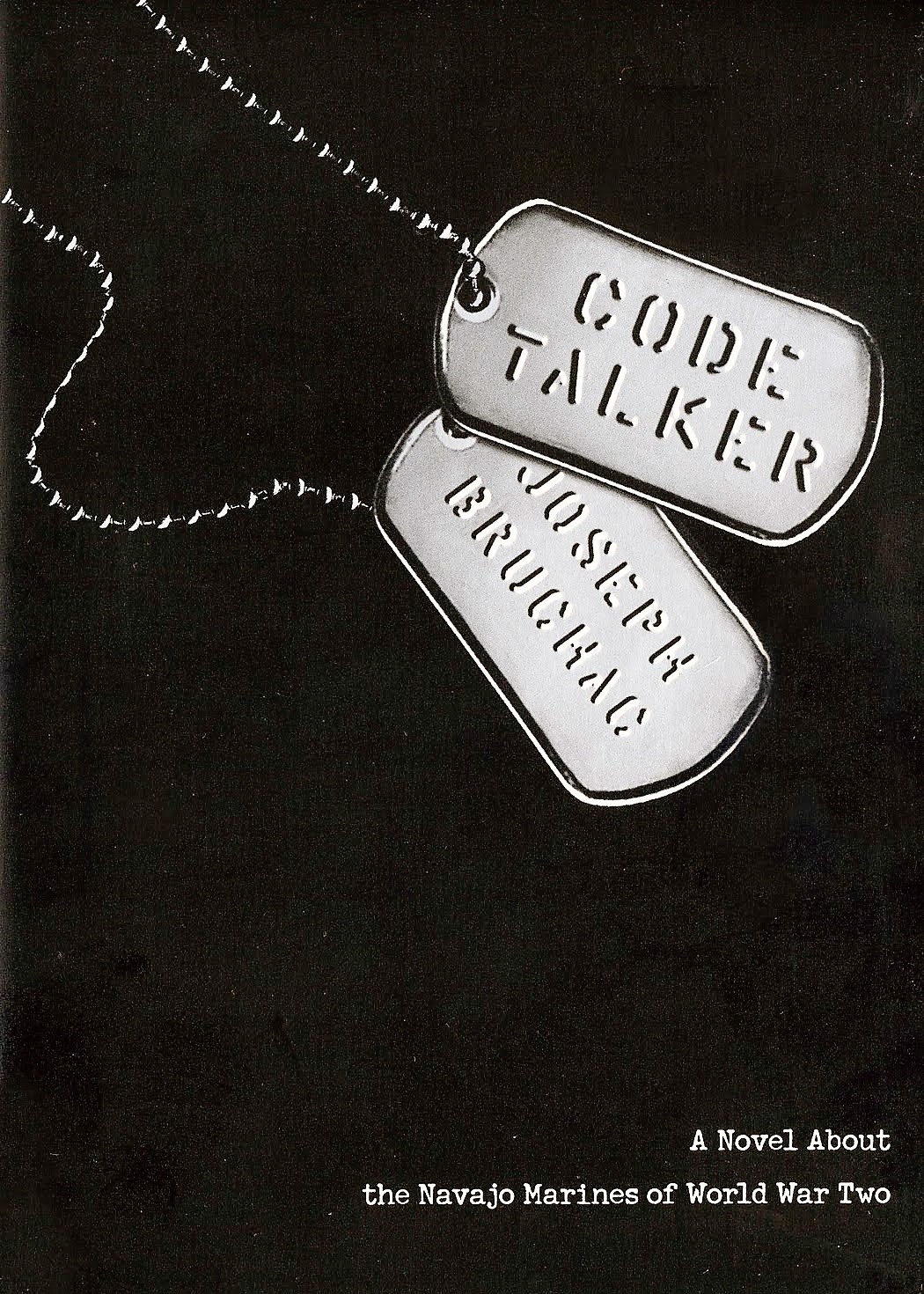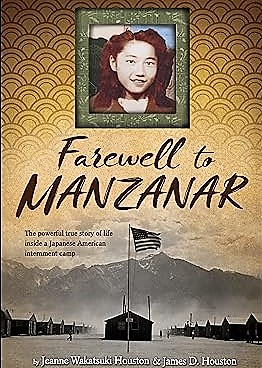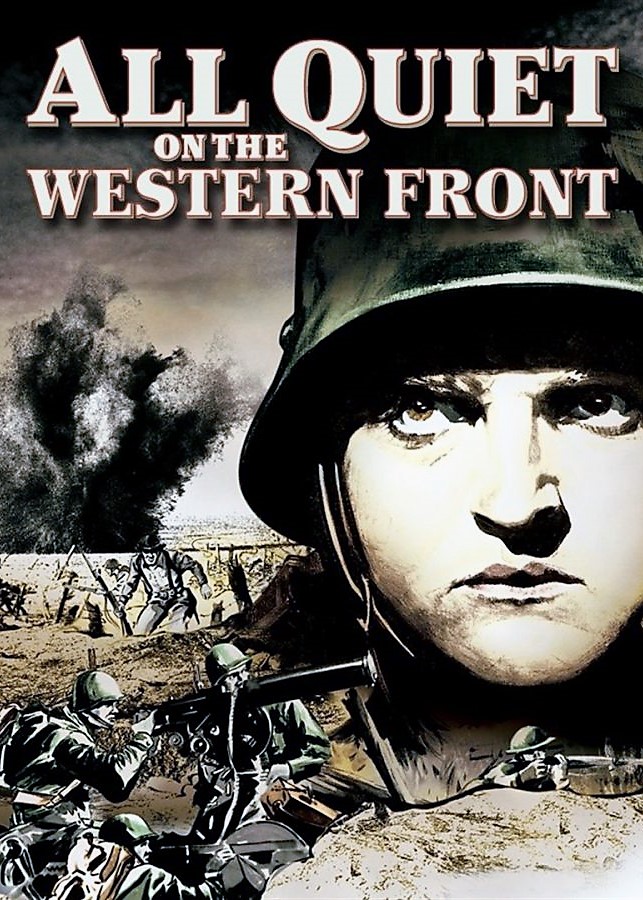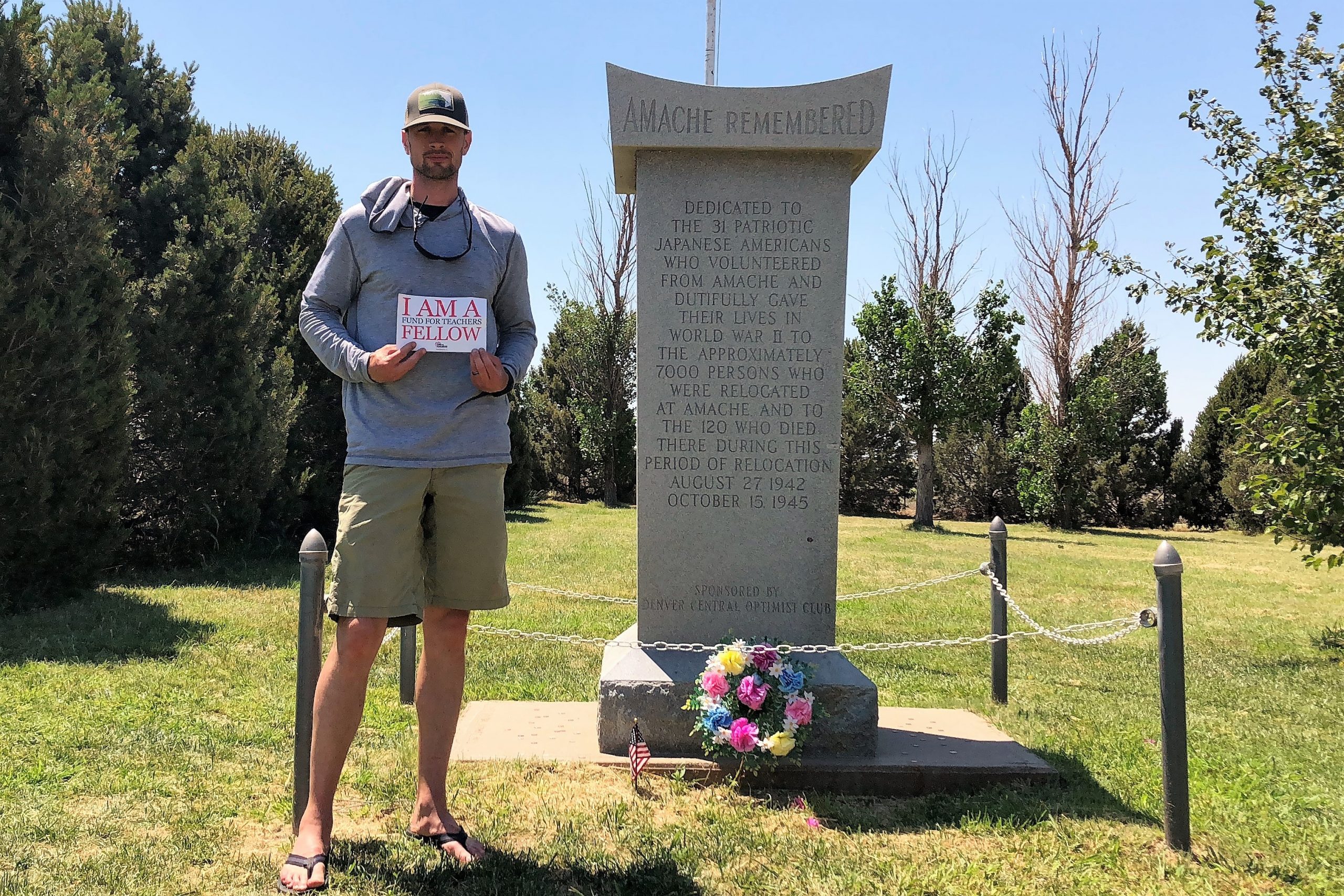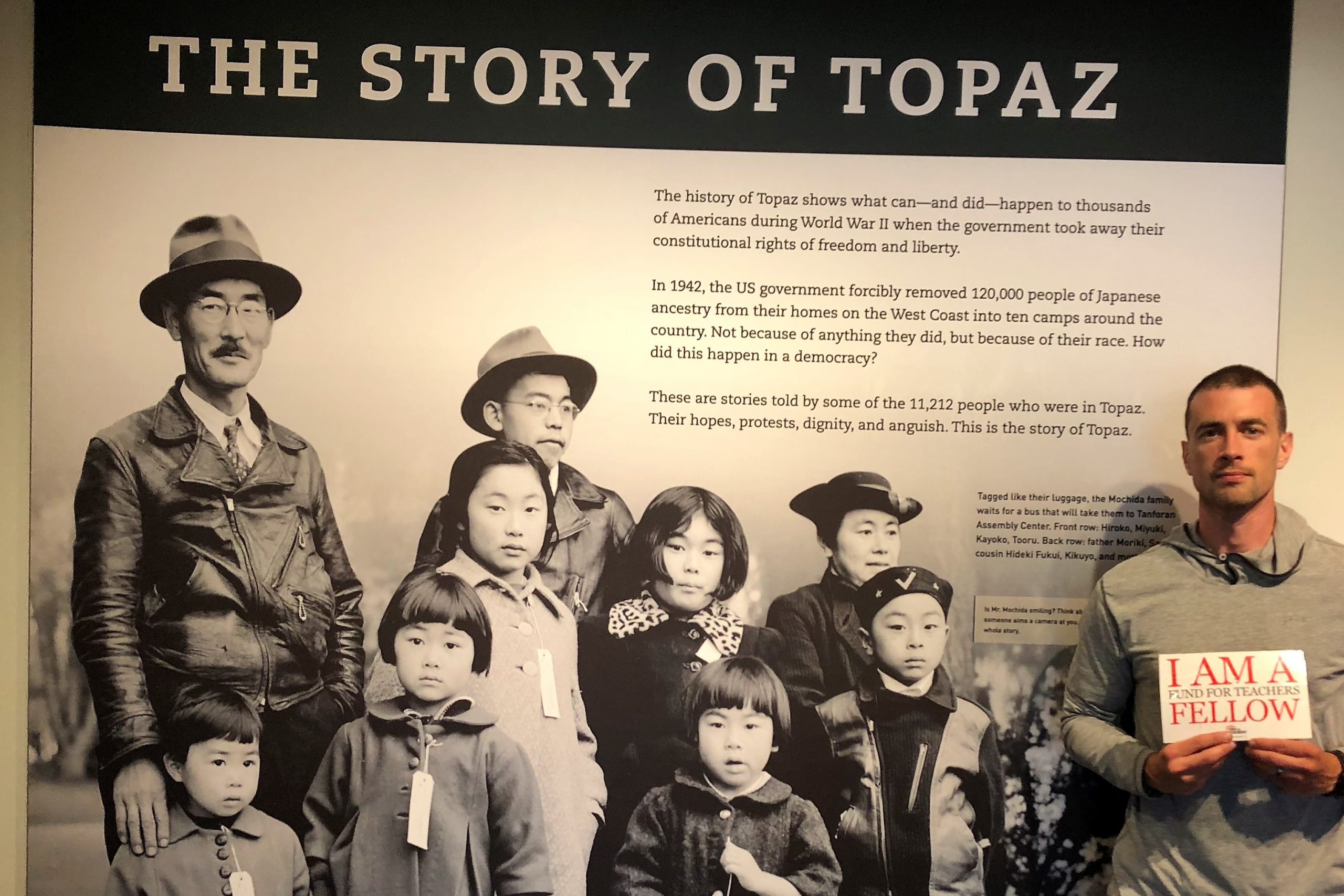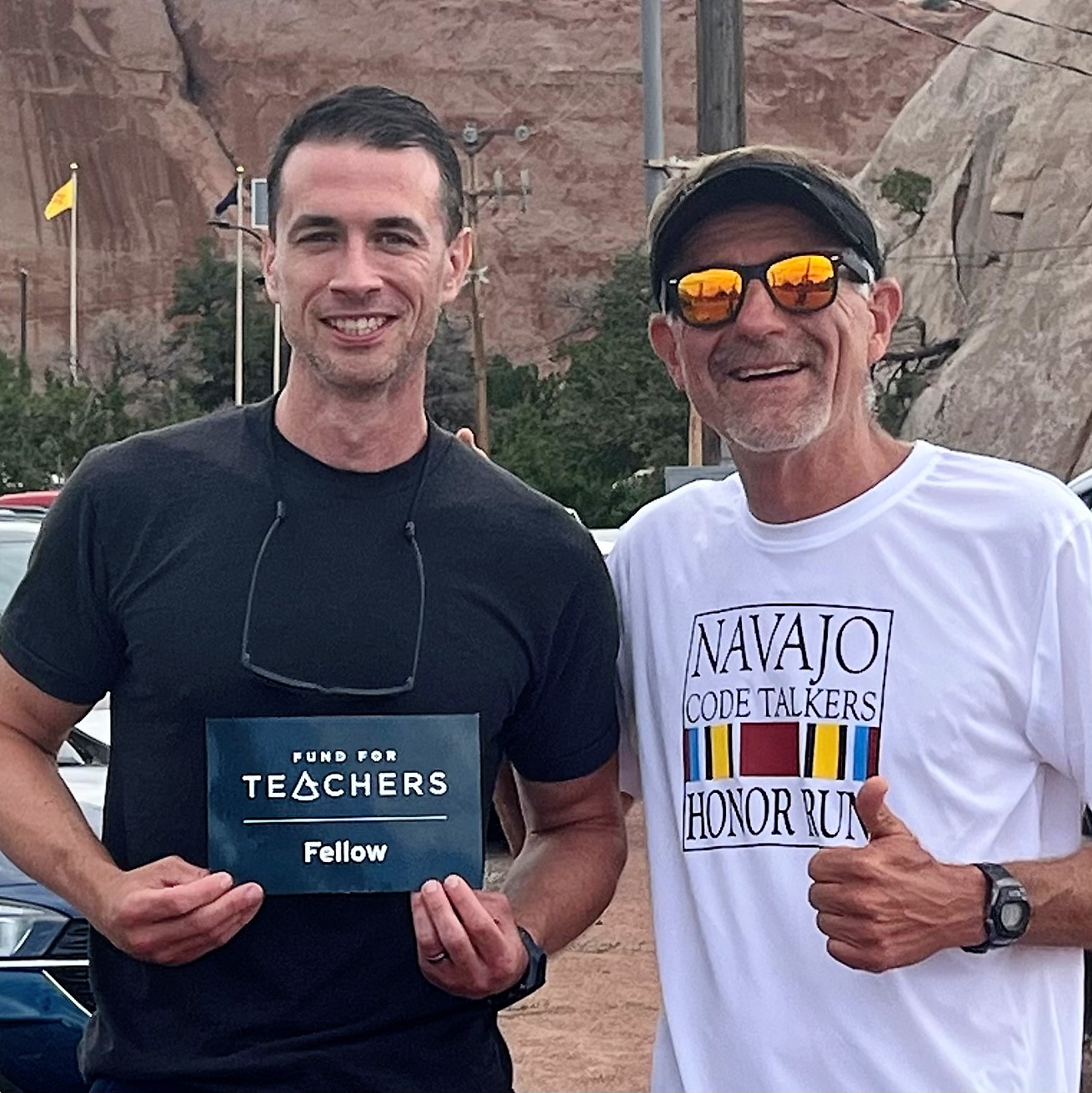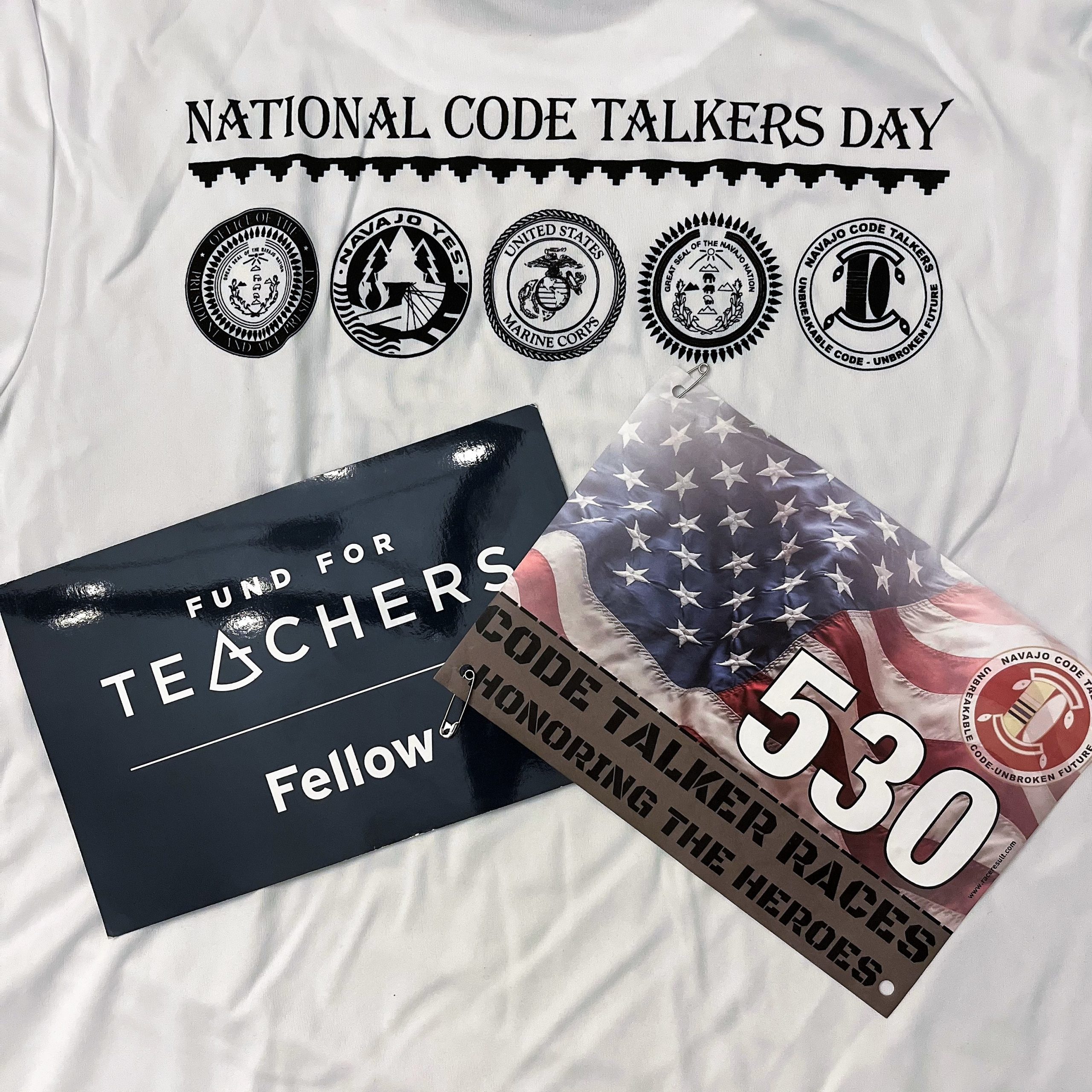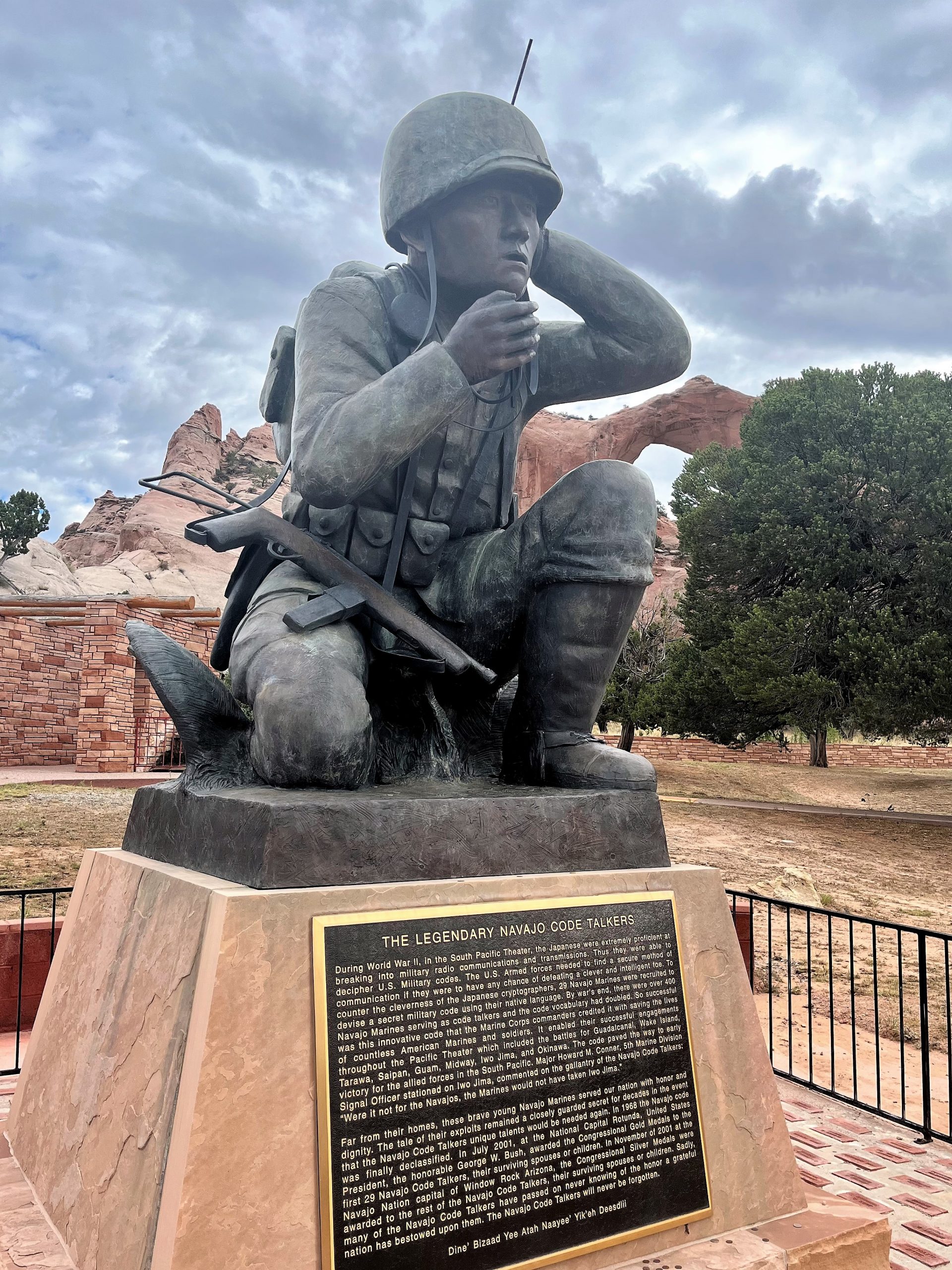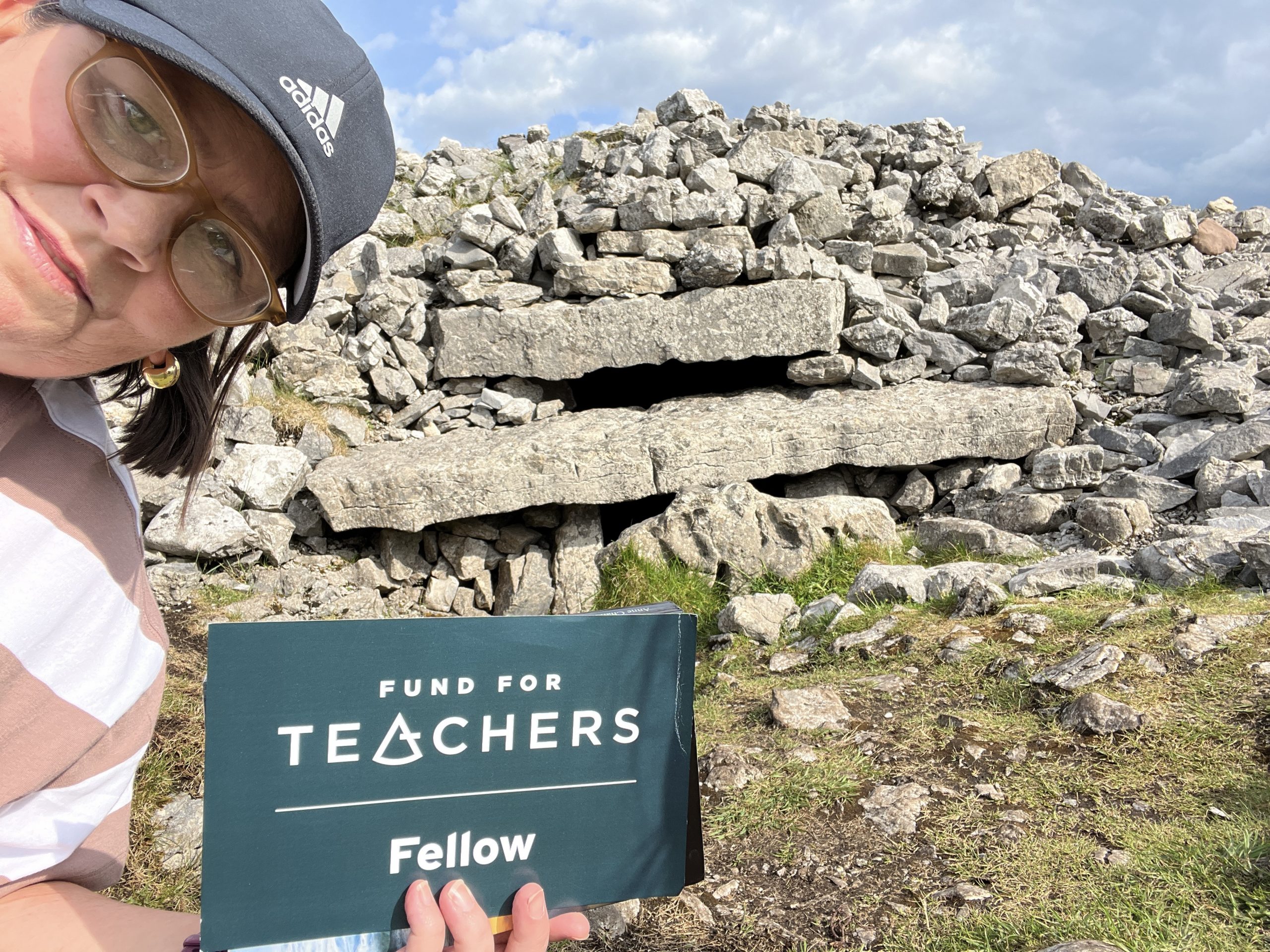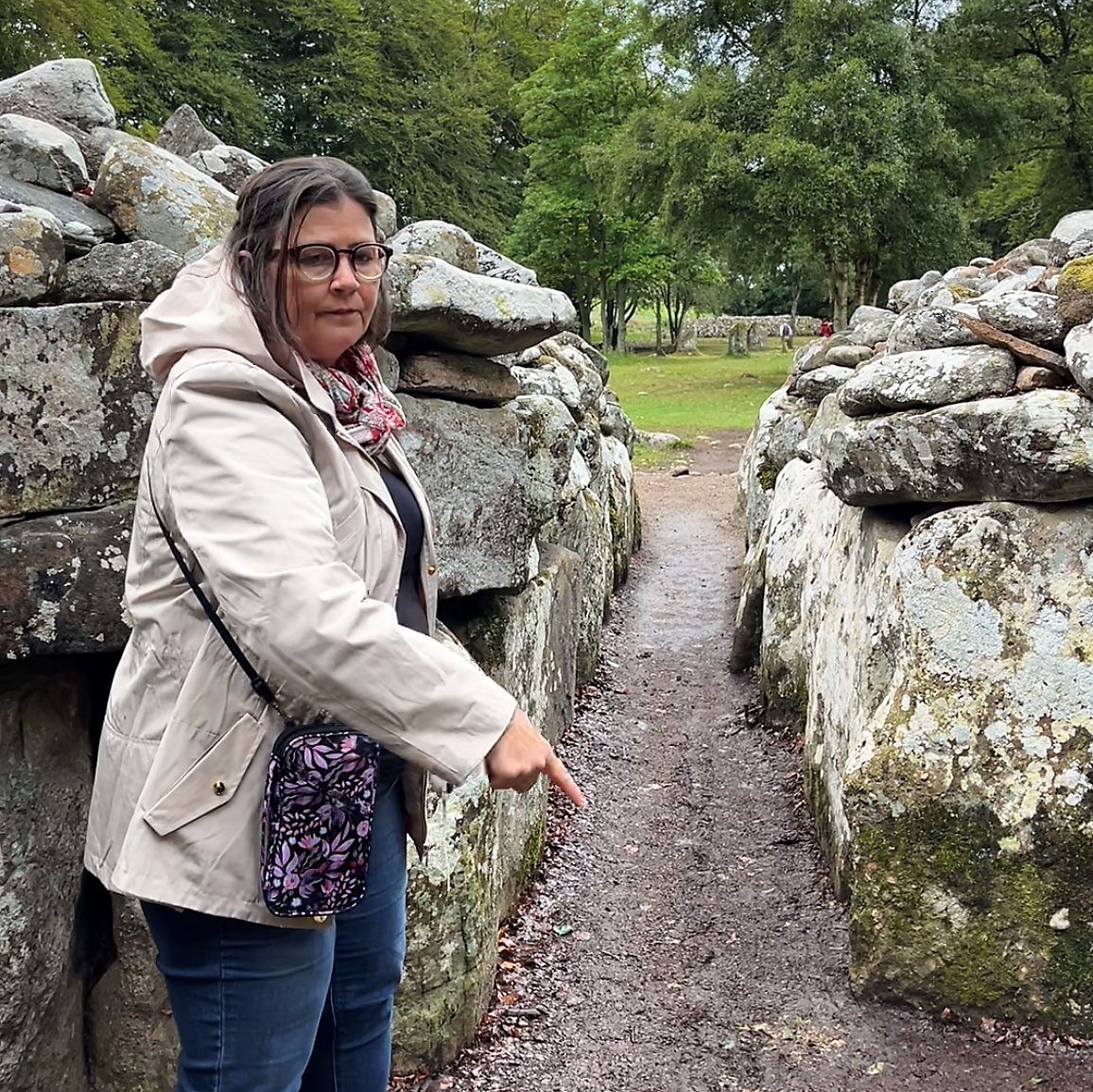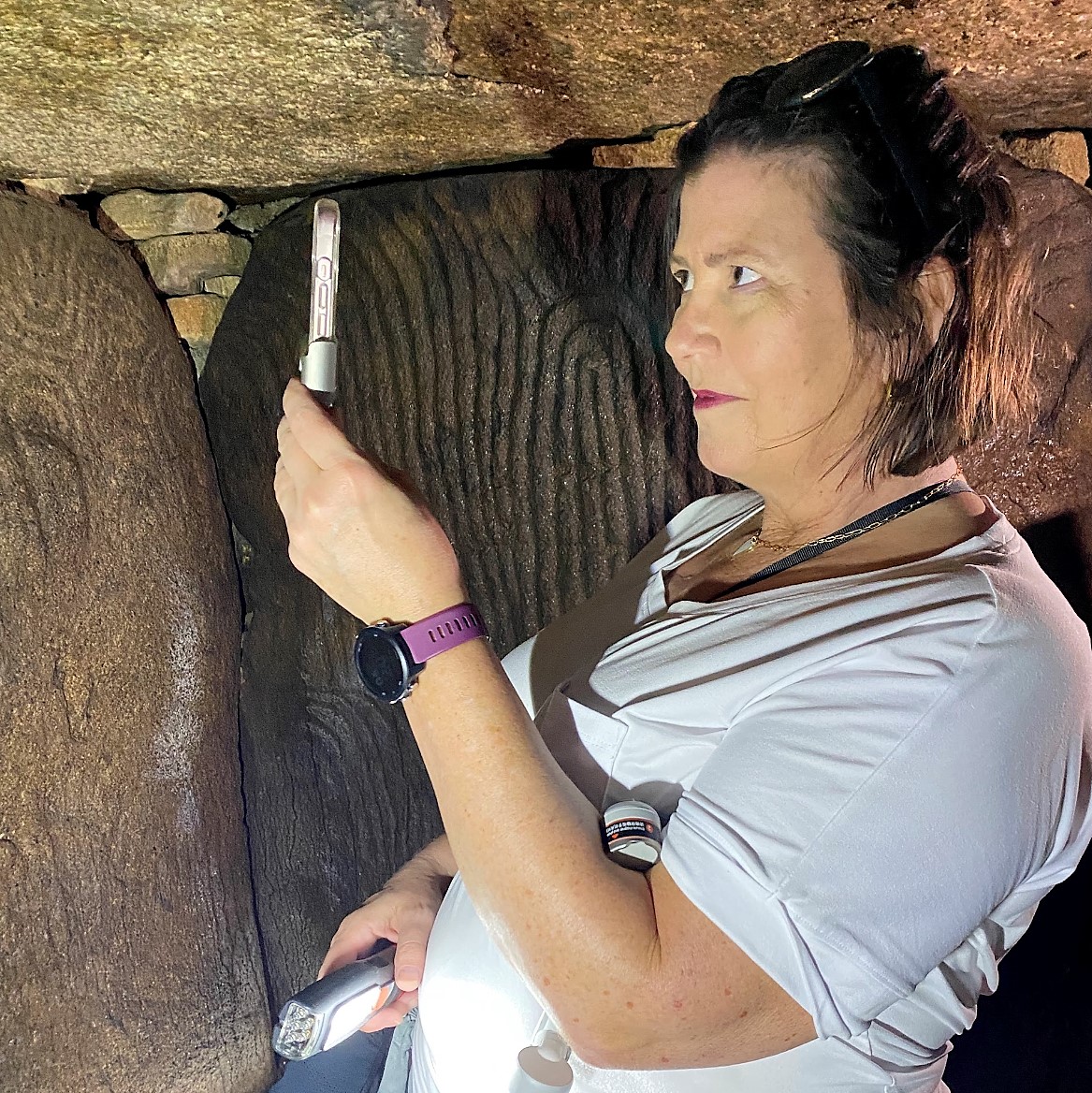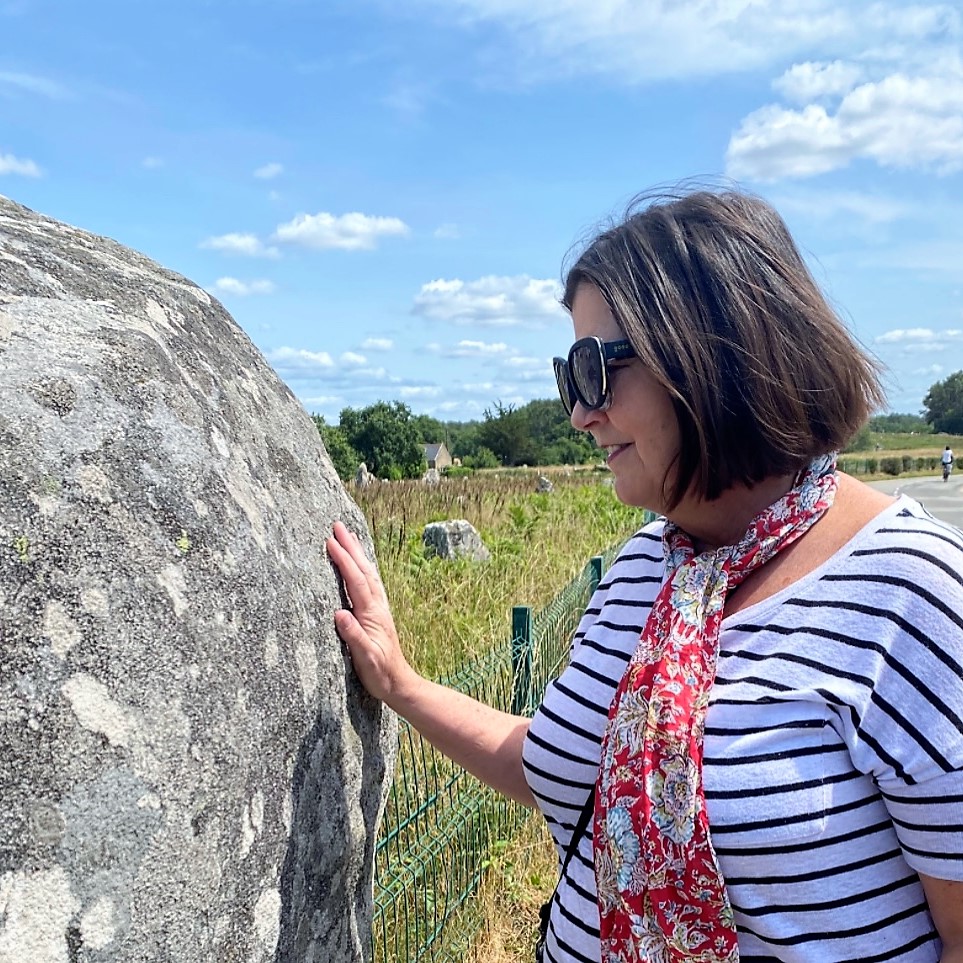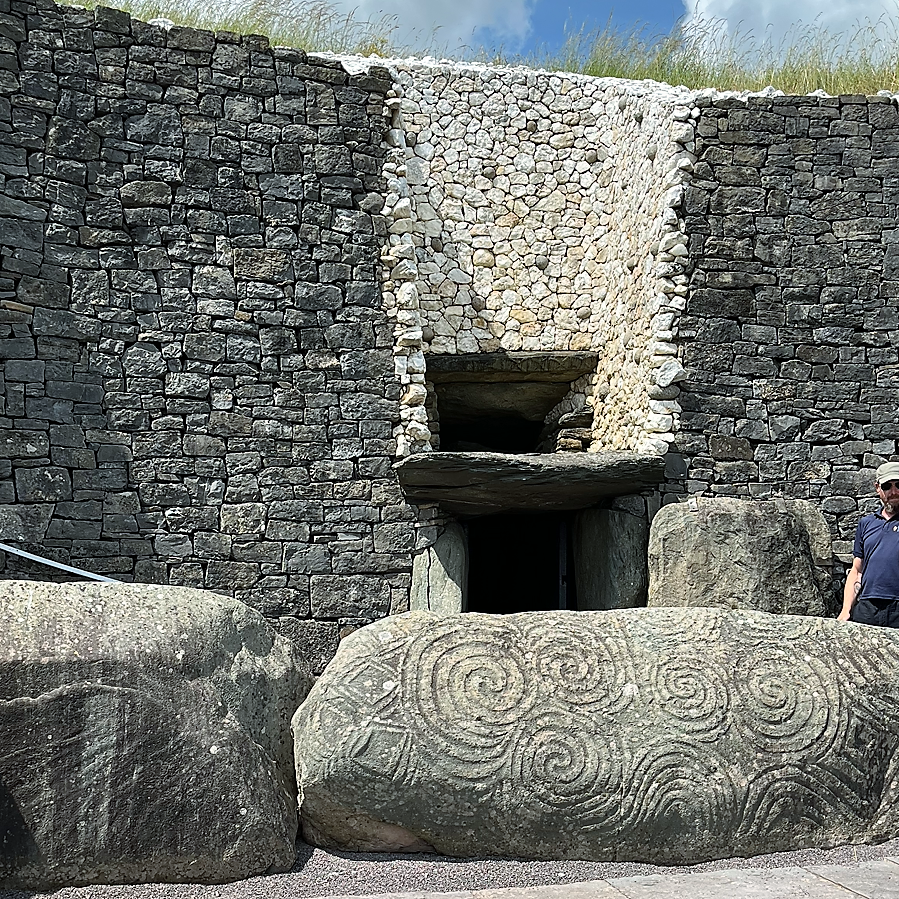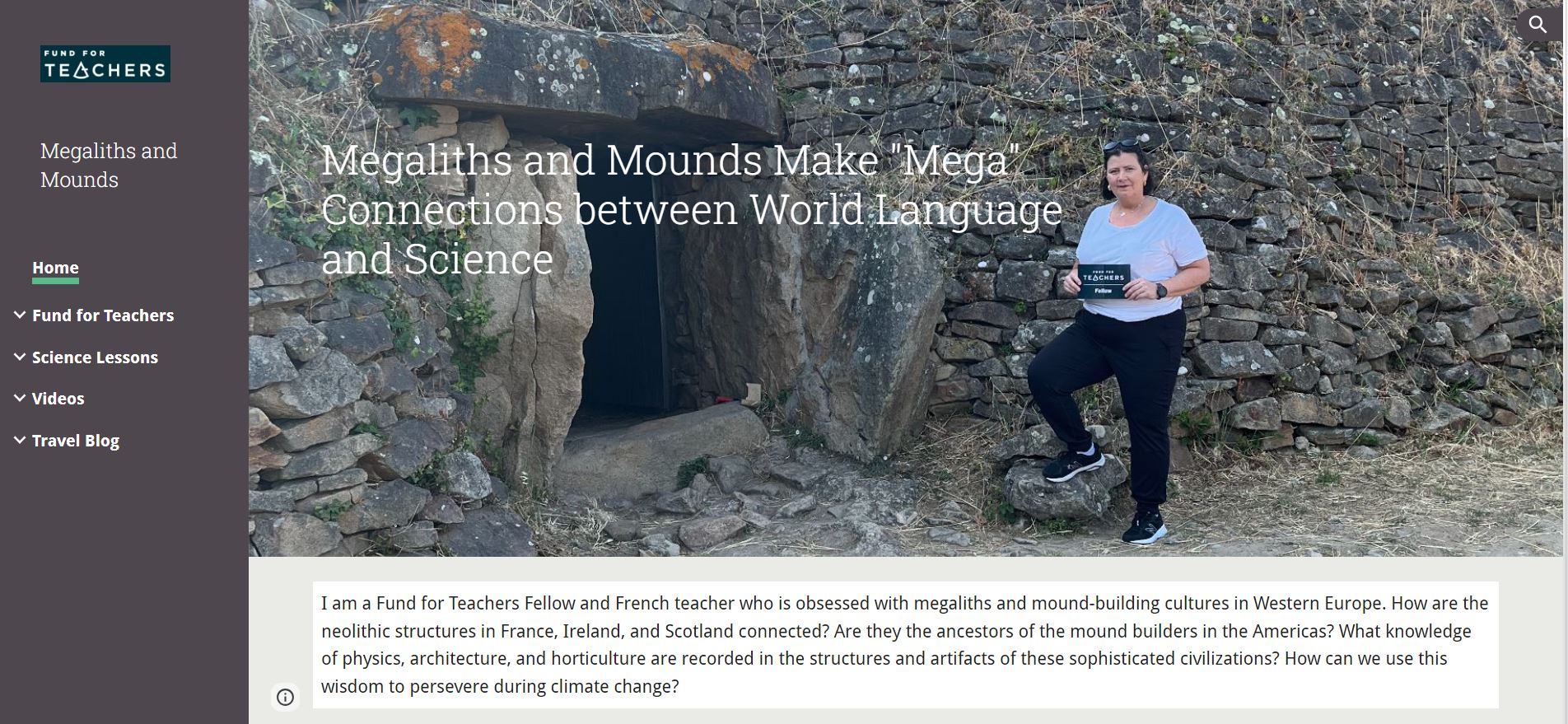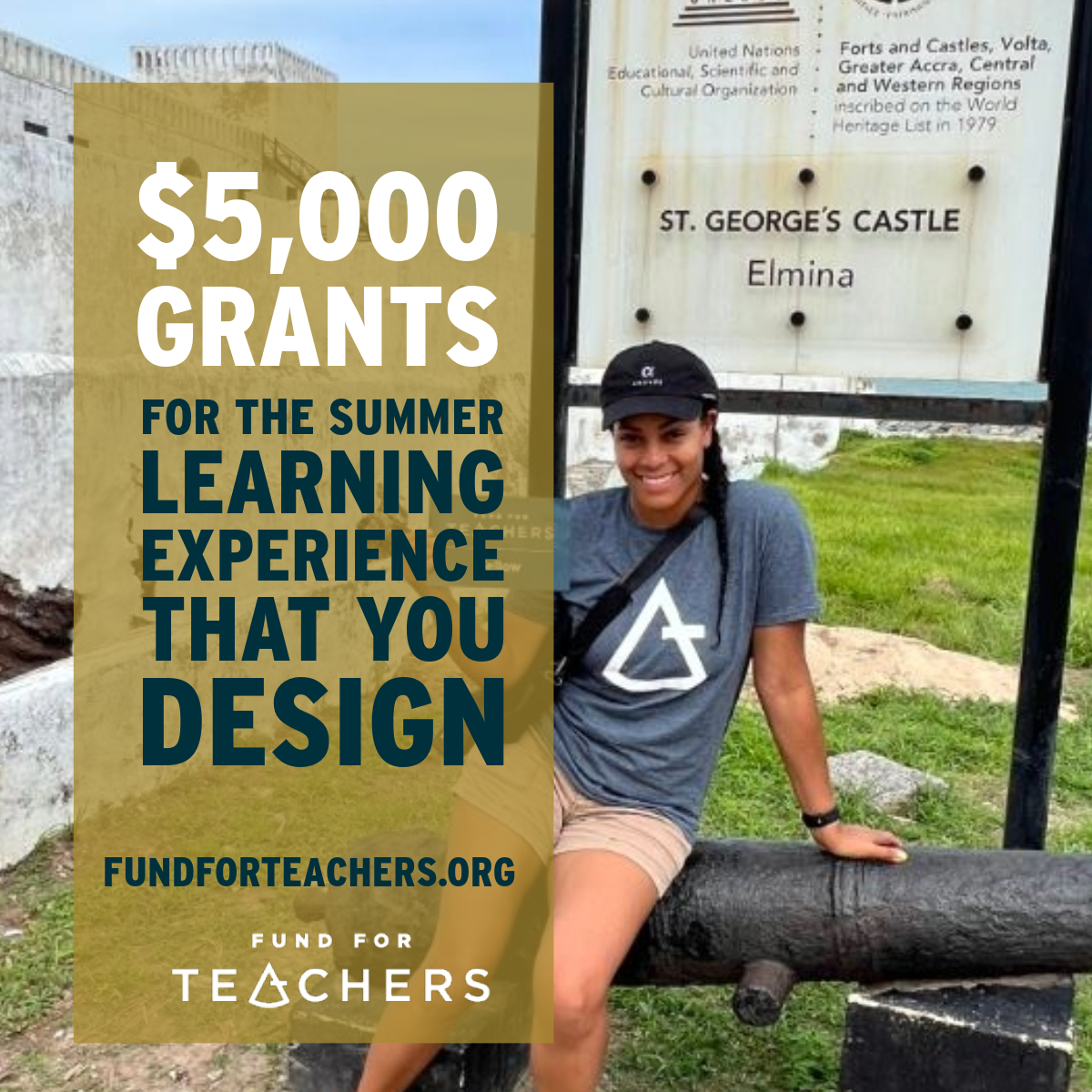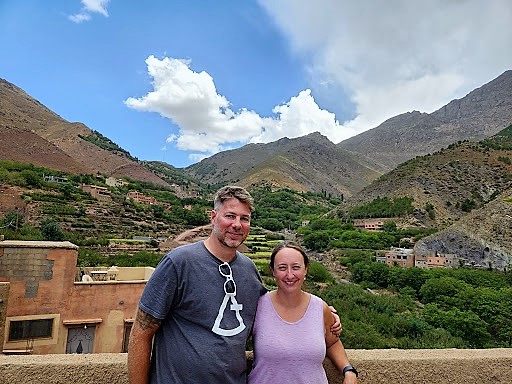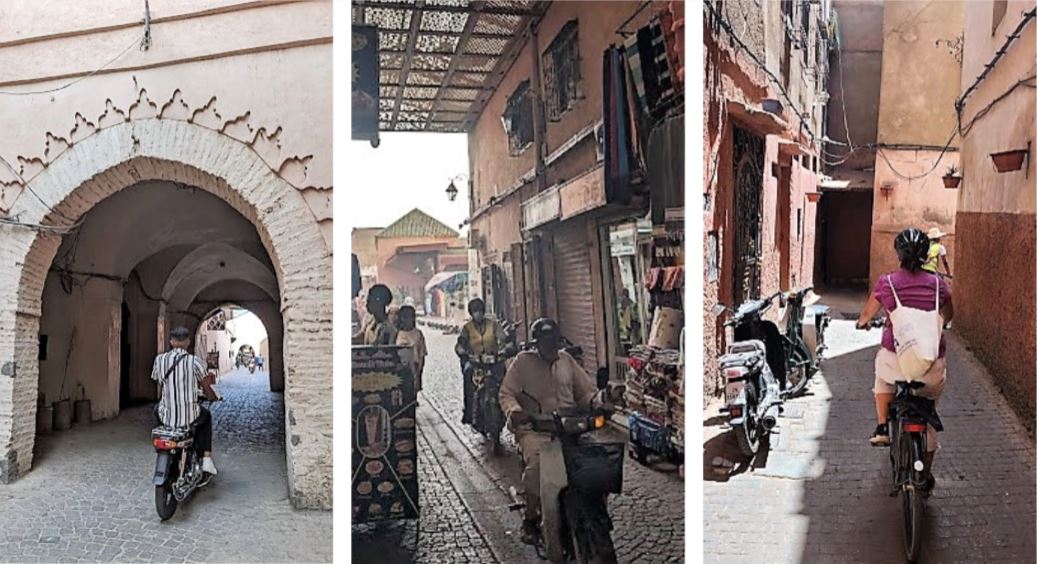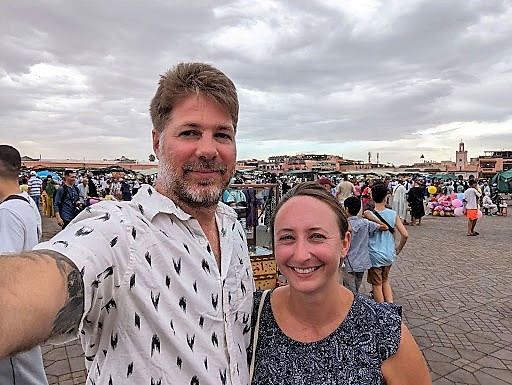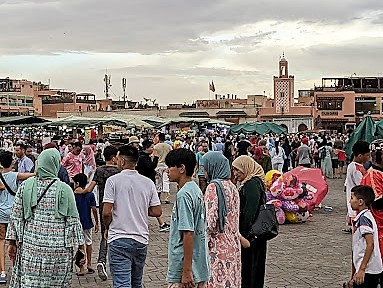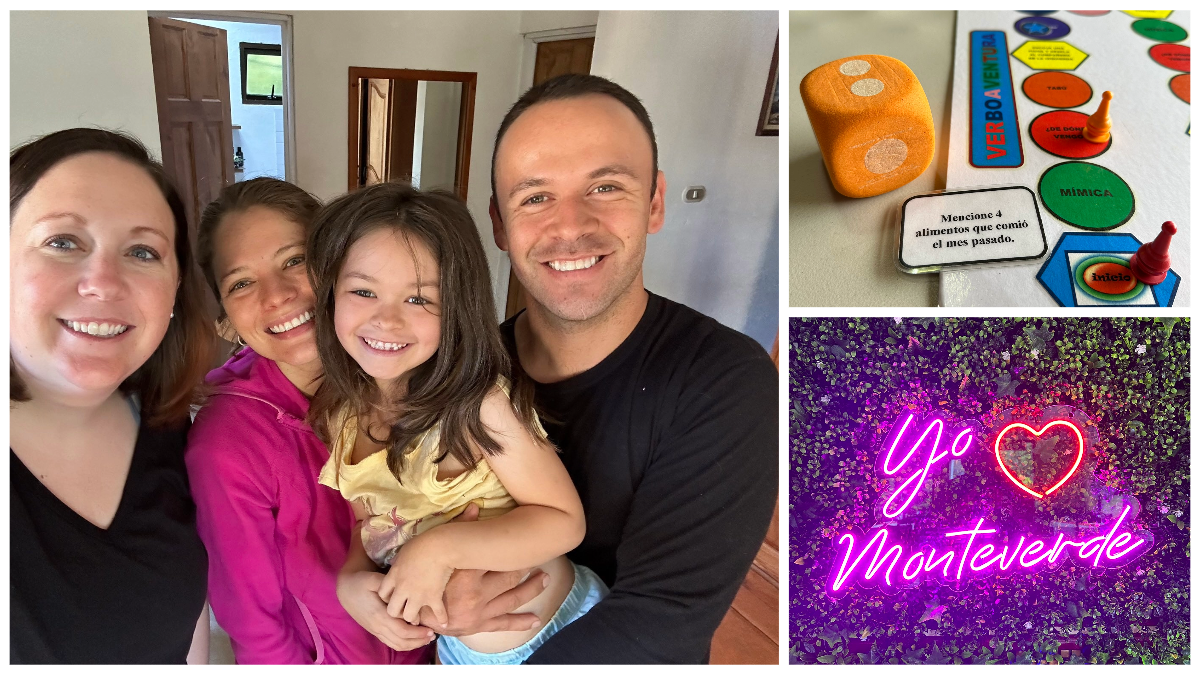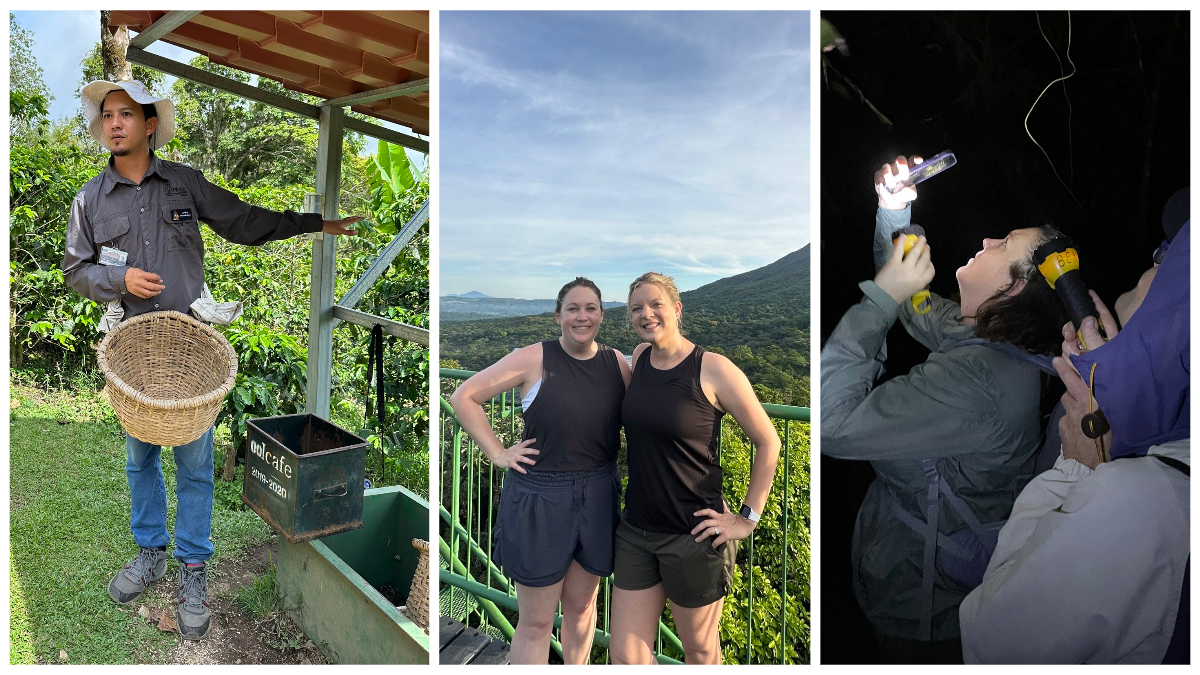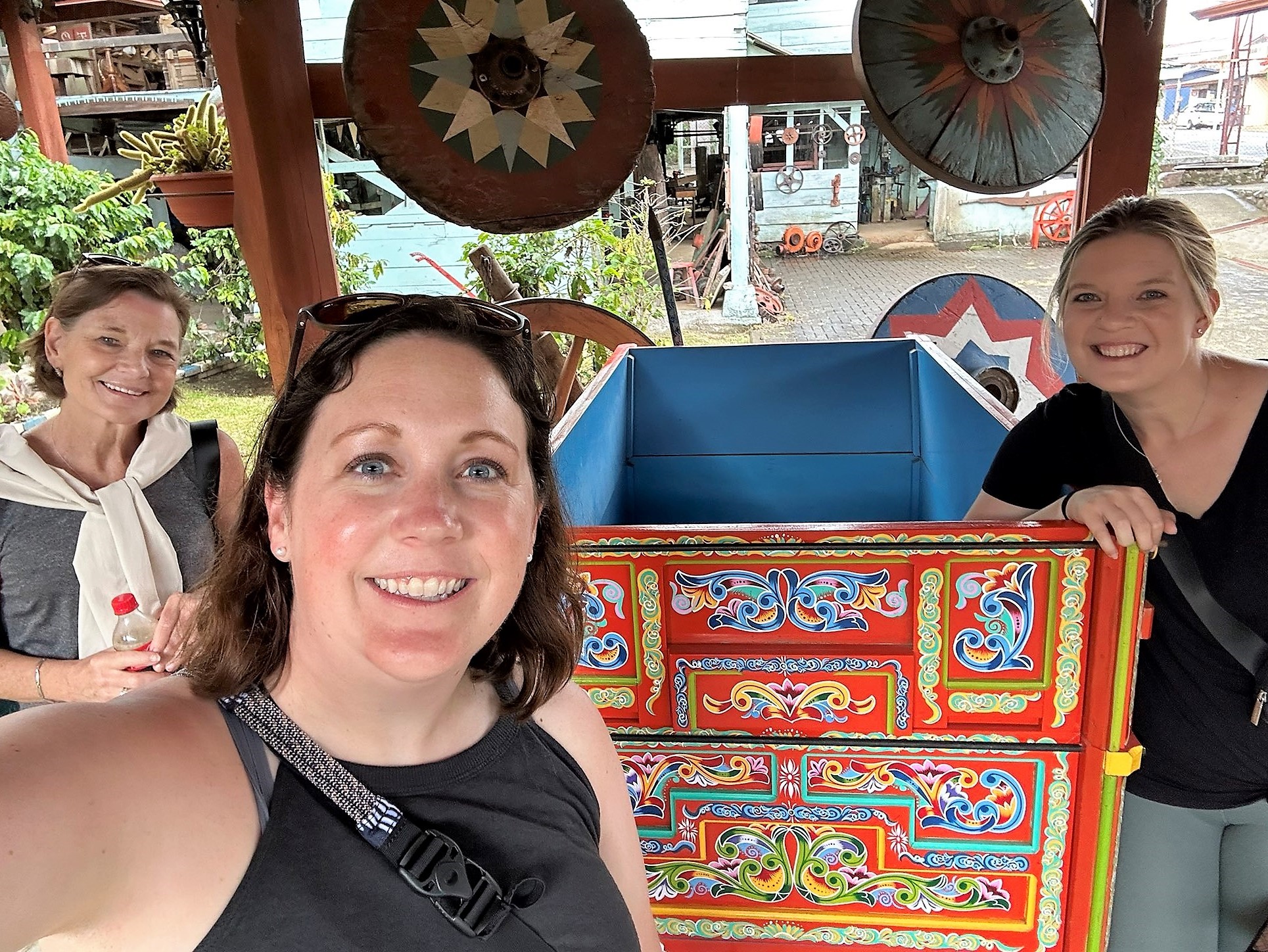Dr. Mirtha Aldave | Hartford Public High School – Hartford, CT
2023 FFT Fellow
Attend the Teaching English to Speakers of Other Languages (TESOL) – Systems of Support for Multi-Language Learners Conference in New Brunswick, NJ, to offer a transformative program that provides the academic fundamentals to Students with Interrupted Formal Education/Students with Limited/Interrupted Formal Education.
Dr. Lhisa Almashy | Joaquin Garcia High School – Lake Worth, FL
2023 FFT Fellow
Enroll in the Japanese American National Museum’s conference “Little Tokyo: How History Shapes our Past and Present” in Los Angeles to expand cultural and historical awareness with Japanese English Learners and gain valuable perspectives on their role in US history.
Bethany Berg | Brooklyn High School – Brooklyn, OH
2023 FFT Fellow
Become immersed into the powerful tradition of storytelling through a residency at Baer Art Center in Iceland to create coursework that uses these stories to develop authentic student voice on the page.
Chesley Booth | Northmont High School – Clayton, OH
2023 FFT Fellow
Visit both Cold War and Third Reich historical sites in Berlin, including special exhibits and workshops, o foster an environment that allows students to make connections between the past and the current climate of world politics.
Kathy Bosiak | Lincolnton High School – Lincolnton, NC
2018 FFT Fellow
Gather materials across Maryland, Mississippi, Pennsylvania, and South Carolina related to the historical contributions and impacts which enslaved African Americans have had on the development and implementation of medical treatments to create a just and equitable anatomy curriculum for classroom use.
Jennifer Brody | Brentano K-8 – Chicago, IL
2020 FFT Fellow
Experience local and regional ceramics museum and outdoor sculpture gardens and complete an eight-week ceramics class learning new skills, to get inspiration for student and community created artwork for a school garden.
Kelli Brown | Idaho Arts Charter School – White, ID
2015 & 2023 FFT Fellow
Work with two different language instructors focusing on my use of Spanish Language Storytelling to specifically research ways to use Mexican Folk Stories and the book “Don Quixote” as central literature themes.
Sandra Burgess | Morgan Park Academy – Chicago, IL
2022 FFT Fellow
Research the growth of the slave trade through civil rights resistance in Alabama, Louisiana, Mississippi, and Tennessee to create a research project in collaboration with a middle school history teacher that requires students to focus on mapping how slavery contributed to the economy of the US, which caused those who benefited to oppose its demise.
RJ Christensen | Elsik High School – Houston, Texas
2013 & 2023 FFT Fellow
Gather visual and analytic information from university research labs and coral reef dives in Florida to educate students on marine conservation, culminating in a large-scale community sculpture built by students that highlights the interconnectedness between endangered marine life and human well-being.
Christine Depew | Middlesex Middle School – Darien, CT
2018 & 2023 FFT Fellow
Attend the Dismantling System Racism: Bring Back Joy! 2024 Conference on Race, Education, and Success in Hartford, CT, to learn to integrate conversations on language, culture, and identity into class, research cultures through visiting museums, and bridge cultural divides that affect students.
Dr. Rama Devagupta | Southridge High School – Kennewick, WA
2023 FFT Fellow
Participate in online courses offered by Oren Jay Safer, author of “Say What You Mean,” and the Center for Nonviolent Communication to learn, practice and incorporate NVC language and skills that foster authentic communication and transform student-student and student-teacher interactions with care, compassion, empathy, and presence.
JoAnn Dixon | Leonard J. Tyl Middle School – Oakdale, CT
2016 FFT Fellow
Attend the International Society for Technology in Education conference (ISTE Live 24) in Denver to learn from and collaborate with experts and inspiring educators to advance student centered learning in the computer science classroom.
Jennifer Gentry | Lincoln Elementary School – Norman, OK
2020 FFT Fellow
Experience The Rabbit Hole, a new immersive museum in Kansas City that celebrates a century of children’s literature, and attend a free Ai Technology Conference, to curate and establish a yearlong story walk/art expo for all students in our school.
Angela Germano | Dover Intermediate – Westlake, OH
2017 & 2023 FFT Fellow
Experience the Scaled Solar System Walk Park in Cleveland; Pittsburgh’s Carnegie Science Center, Moonshot Museum and National Aviary Museum; and the National Air & Space Museum and Smithsonian Museum of Natural History in Washington DC to help students design a solar system walk at school that teaches community members about our solar system & the life that is found on our planet.
Joseph Giandurco | Ponus Ridge STEAM Academy – Norwalk, CT
2017 & 2021 FFT Fellow
Take advantage of online resources offered by Whole Kids Foundation, No Kid Hungry, Seed Your Future and Feeding America before touring gardens and participating in workshops in Connecticut and New York to expand a community garden, highlight gardening can affect climate change, address food insecurity and allow for the development of students’ self-care skills.
James Gorse | Classical Magnet – Hartford, CT
2020 FFT Fellow
Road trip to information sessions/campus tours at five of the country’s most prestigious Historically Black Colleges & Universities to expand students’ awareness of post-secondary options and break down barriers for students’ hopes and dreams after high school graduation.
Libby Hall | H.W. Good Elementary – Herminie , PA
2022 FFT Fellow
Study mindfulness, yoga, and cultural practices in Indonesia, Malaysia, and Singapore to create a tranquil classroom environment, teach students best practices for emotional regulation, and create resources for community members to combat the rising stress and anxiety students are experiencing.
Brooke Hopkins | The STEM School – Chattanooga, TN
2022 FFT Fellow
Study the Finnish concept of sisu, defined as determination, courage, and resoluteness in the face of adversity, and how it correlates to happiness, to pursue how to instill feelings of happiness and joy back into the educational process.
Leslie Johnson | Oglethorpe County Elementary School – Lexington, GA
2023 FFT Fellow
Study language while learning more about Guatemalan myths and legends rooted in Mayan heritage to create a literacy unit that will be culturally relevant and compelling for bilingual students.
Donna Kaiser | Stamford High School – Stamford, CT
2022 FFT Fellow
Attend the 2024 Summer Conference of the New England Association of Chemistry Teachers (NEACT) in Fitchburg, MA, to work toward reducing student absenteeism by engaging under-represented student groups in chemistry.
Jodie Lang | Mary T. Murphy Elementary School – Branford, CT
2016 & 2022 FFT Fellow
Attend the Intercultura Immersion Language School in Costa Rica, which includes a homestay with a Spanish speaking family, to improve fluency, increase cultural awareness of students’ heritage, and help the students and families feel welcome and included in the school community.
Alicia Lorenzo | Hanover Elementary School – Meriden, CT
2022 FFT Fellow
Complete online courses on Project Based Learning to increase parent engagement and create a more inclusive learning environment for students and families immigrating to the United States.
Elizabeth Lucas | Harts Pk-8 – Harts, WV
2022 FFT Fellow
Attend the Elevate Your Classroom conference in Nashville to learn strategies for reaching students with a variety of emotional and behavioral issues to help engage students in their learning environment and beyond.
Kristel McKanna | The Exploratory School – Brooklyn, NY
2008, 2016 & 2021 FFT Fellow
Experience Buddhist temples in Maine, Massachusetts, and Vermont to investigate how combining mindfulness meditation with the study of Buddhist art can equip middle school students to manage stress, unleash their creativity, and cultivate a more relaxed and open mindset for artistic exploration.
Keisha Patterson | Whitefield Academy – Smyrna, GA
2023 FFT Fellow
Explore the art, food, heritage, and culture of San Juan, Puerto Rico to help students better understand the history and language dialect of Caribbean Spanish.
Kim Peddle | Washington Elementary School – Cloquet, MN
2023 FFT Fellow
Experience Costa Rica’s efforts to protect its sea turtles and beaches to support students’ vow to be “water protectors” of the community and extend student-centered learning projects with leadership opportunities.
Vita Pinelli-Beebe | North Street School – Windsor Locks, CT
2023 FFT Fellow
Explore Xcaret Eco Park in Rivera Maya, Mexico to build a strong concept of Mexican cultural identity and transfer that knowledge to create inclusive, student-centered learning experiences that celebrate cultural identities with the community’s growing Hispanic population.
Crystal Polski | Hopkins West Middle School – Minnetonka, MN
2019 FFT Fellow
Attend the virtual International Society of Technology Education (ISTE) Conference, exploring the intersection of technology and social-emotional skills, and also complete A.J. Juliani and John Spencer’s Teach with Ai course, to better understand the current implications of artificial intelligence, teach students to use artificial intelligence responsibly and ethically, and support staff to make shifts to their curriculum to increase rigorous expectations while engaging students.
Laura Pope | Northwood Elementary – Piedmont, OK
2023 FFT Fellow
Attend the Modern Band summit in in Fort Collins, CO, to explore diversity of instruments in music education and lead to more accessibility outside of the traditional music class setting.
Deanna Roncaioli | Maloney High School – Meriden, CT
2000 FFT Fellow
Explore Washington DC museums’ approach to elevating underrepresented populations to create awareness, understanding and celebration of students with diverse heritages.
Anne Shaefer | Marin Oaks High School – Novato, CA
2023 FFT Fellow
Become immersed in Spanish language learning and Latin American culture through CPI Costa Rica, while also studying the origins of Latin American folktales and myths on site in Monteverde and Guanacaste, to acquire material for creating engaging lessons that encourage reluctant students to talk, share and have pride in their heritage.
Michelle Smith | Clear Brook High School – Friendswood, TX
2023 FFT Fellow
Explore how education must change to accommodate the needs of Gen Z and Gen Alpha learners by attending the International Society for Technology in Education conference (ISTE Live 24) online, complete book studies on Gen Z & Gen Alpha learners and explore how entertainment venues have adapted for their new (young) consumers.
Beth Smith | Frank Elementary School – Kenosha, WI
2014, 2021 & 2022 FFT Fellow
Enroll in an Orton-Gillingham course that provides hands-on, interactive, and personalized learning focused on methods of teaching, the five components of literacy instruction, and the tools necessary for classroom implementation, to align teaching with the Science of Reading.
Lynn Susanto | Lincoln Elementary School – Norman, OK
2000 FFT Fellow
Experience The Rabbit Hole, an immersive, expor-a-storium in Kansas City that walks one through the pages of stories from childhood to create creative, engaging, reading experiences for students.
Susan Tenon | Harding High School – Fairport Harbor, OH
2018 FFT Fellow
Study the Canadian indigenous culture in Winnipeg, Manitoba, specifically to learn more about how their literature, history, and culture reflects and impacts their climate activism, to help students understand the historical implications of the availability of clean and plentiful water.
Vin Urbanowski | Academy of Information Technology & Engineering High School – Stamford, CT
2023 FFT Fellow
Attend a teacher/scientist conference at Caltech to learn more about developing STEM alternatives for the non-STEM focused student who is not likely to enjoy or thrive in traditional “topics in…” courses to embrace and empower students as they are.
Tina Vasquez | Charlottesville High School – Charlottesville, VA
2020 FFT Fellow
Engage in an internship, including volunteer work and a homestay, at EcoSpanish School in San Juan La Laguna, Guatemala, to learn new strategies for incorporating both nature-based learning and SEL into intensive classes for Newcomer English Learners.
Courtney Widhalm | Baldwin Creek Elementary School – Lander, WY
2021 FFT Fellow
Participate in an online Mindful Art for Kids Teacher Training course and engage in local yoga classes to provide students with tools to cultivate mindfulness and self-awareness.
Beth Wilson | Jenks East Intermediate – Jenks, OK
2020 FFT Fellow
Research the Cherokee culture through ceremonies and cultural centers across Oklahoma and Washington DC, to explore subjects mentioned in the read-aloud book “Soft Rain” with students who have mild/moderate learning issues.
Rebecca Wolsten | VOICE Charter School – Queens, NY
2023 FFT Fellow
Enroll in an Immersive Spanish Class in Mexico City, while identifying Mexico City artists for a visual art curriculum, to reflect more Latinx art and culture represented by an increasing number of English Language Learners and their families.
Here is a little glimpse into what these teachers have to look forward to as part of a Fund for Teachers Innovation Circle Grant:
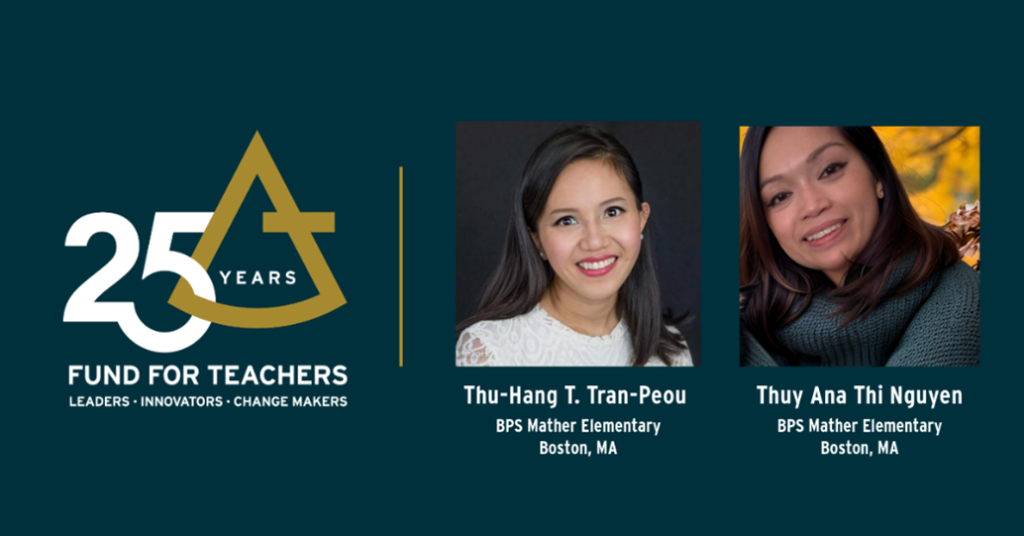
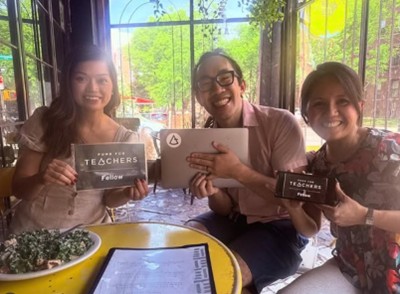
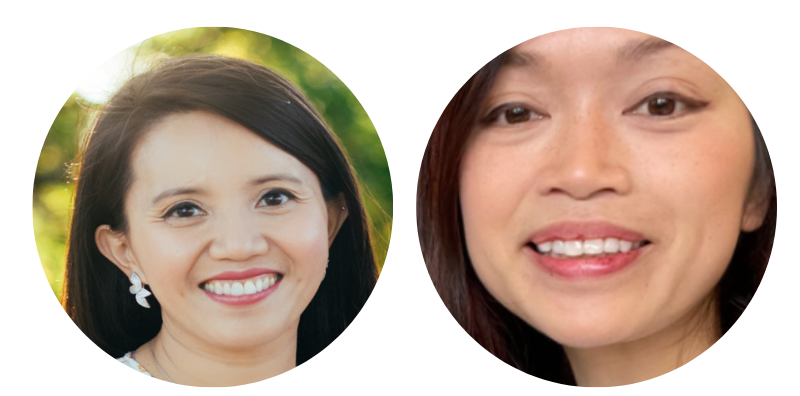
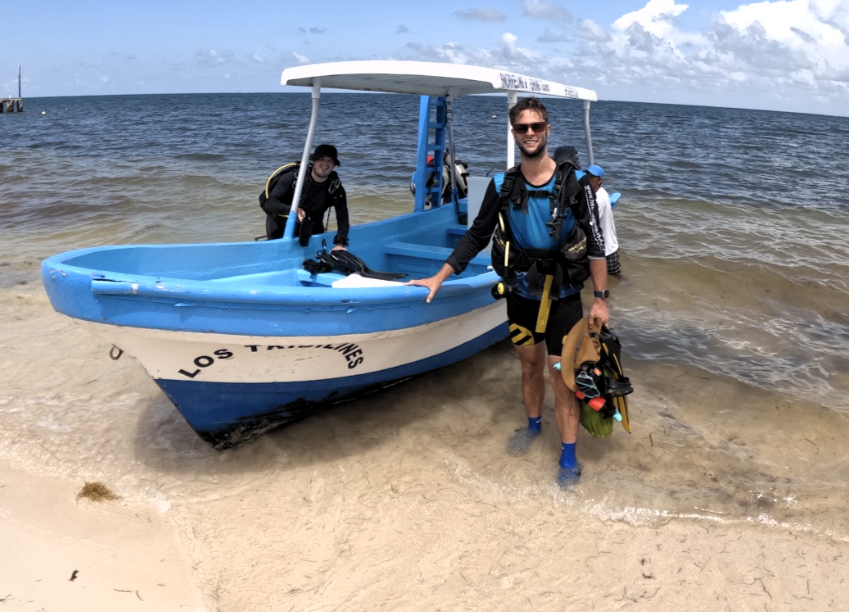
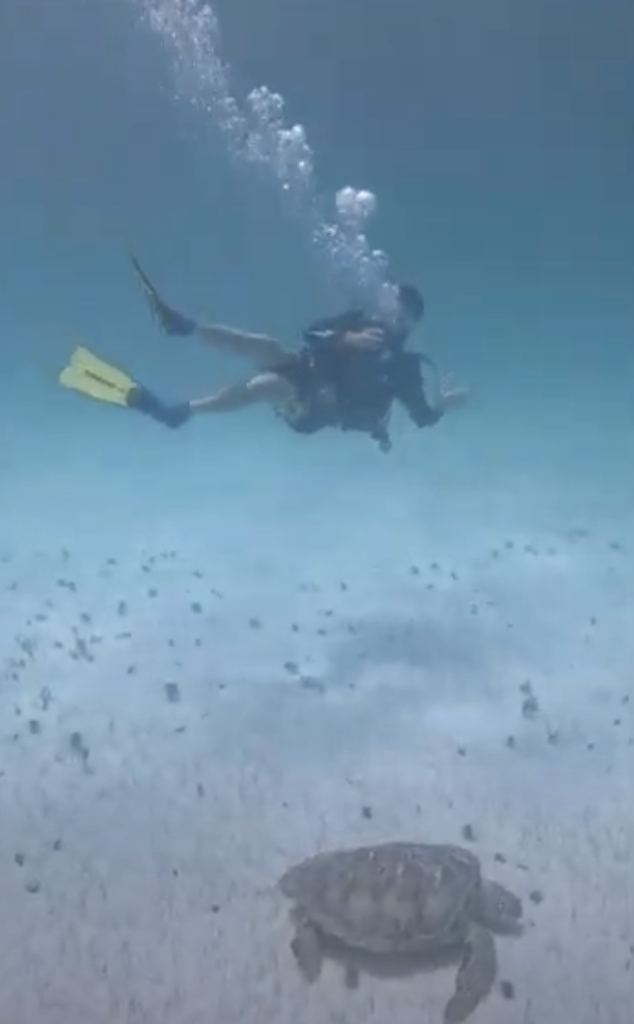
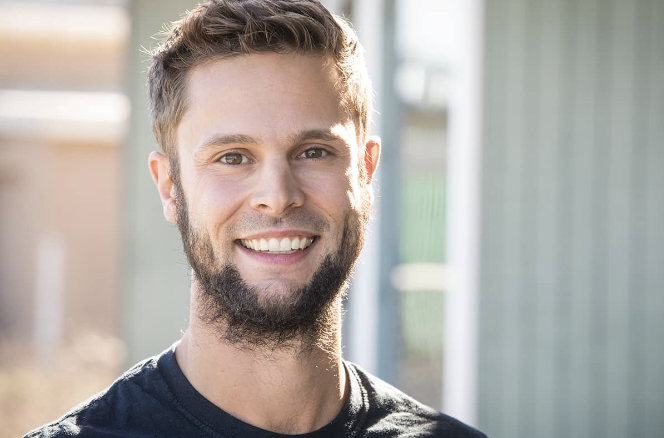
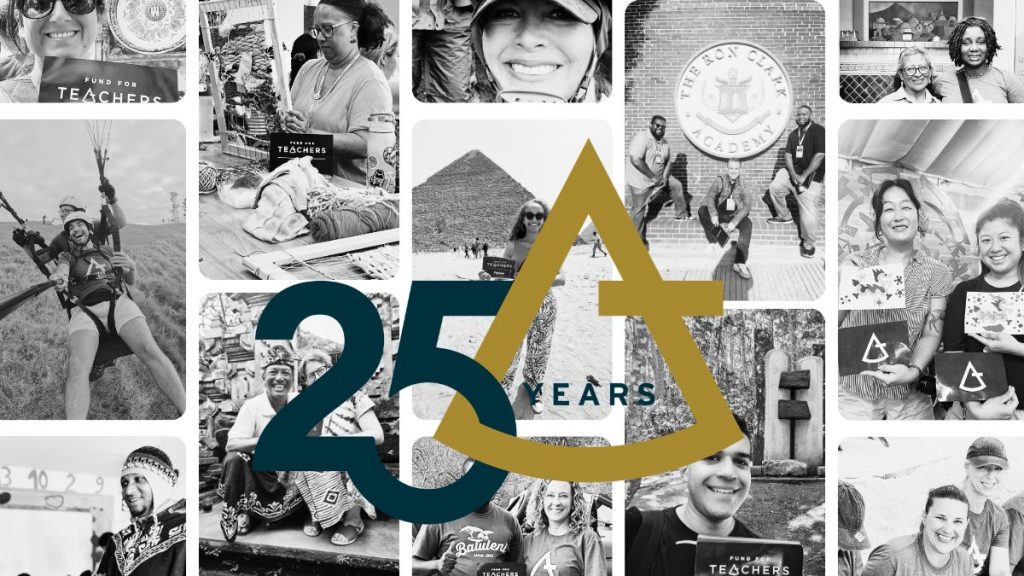
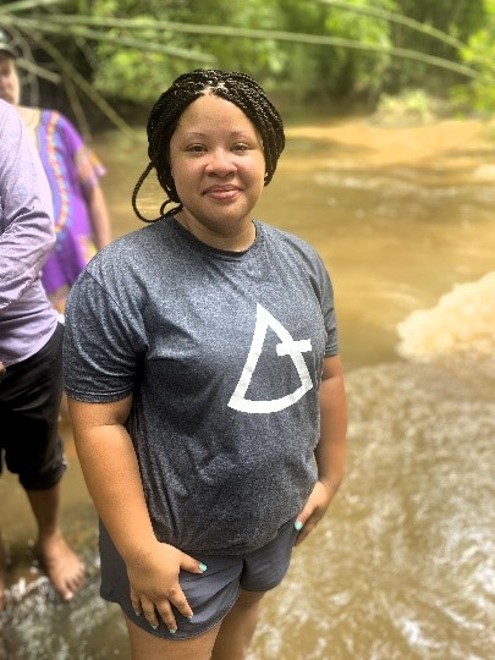
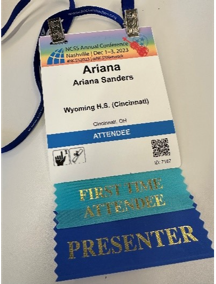
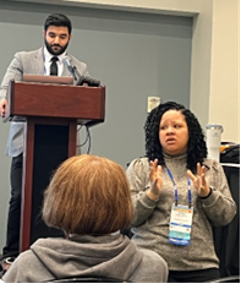
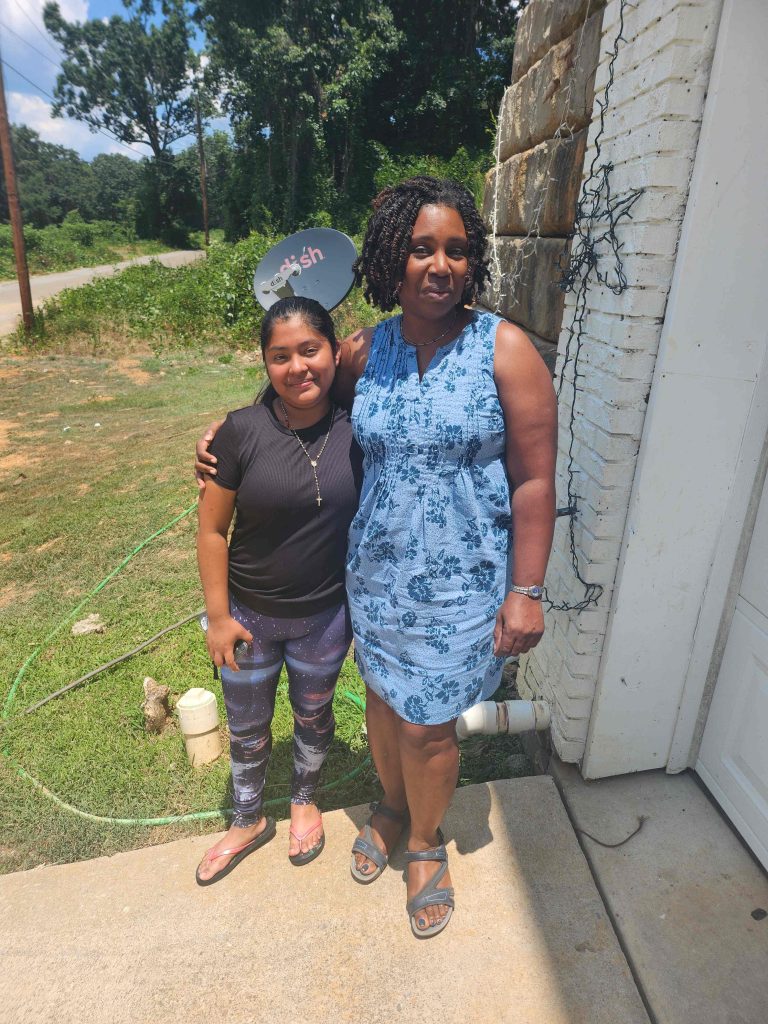
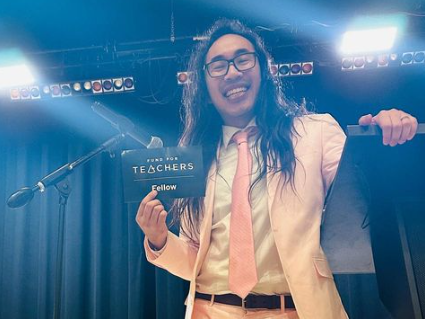
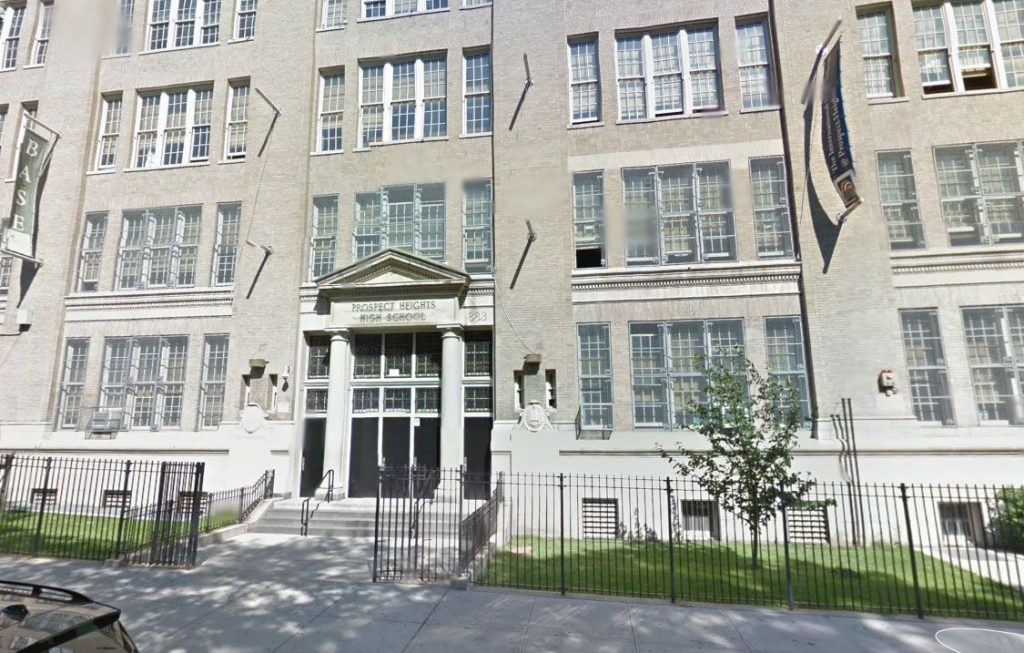
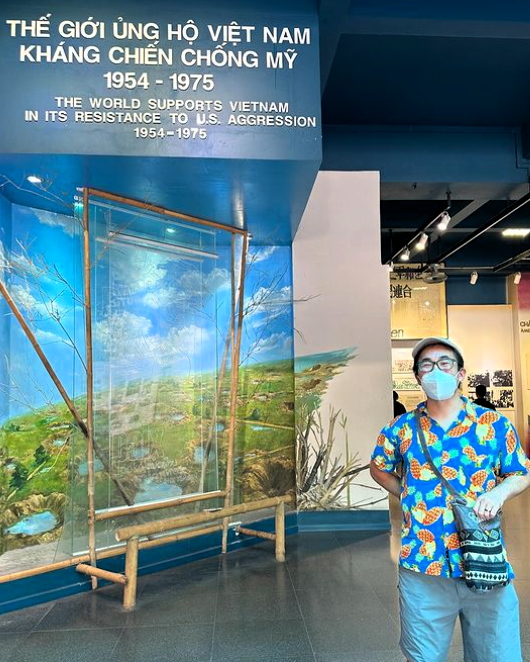
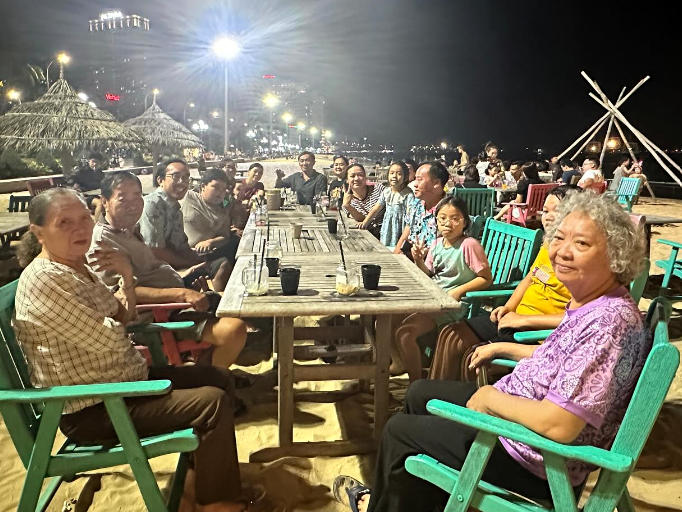
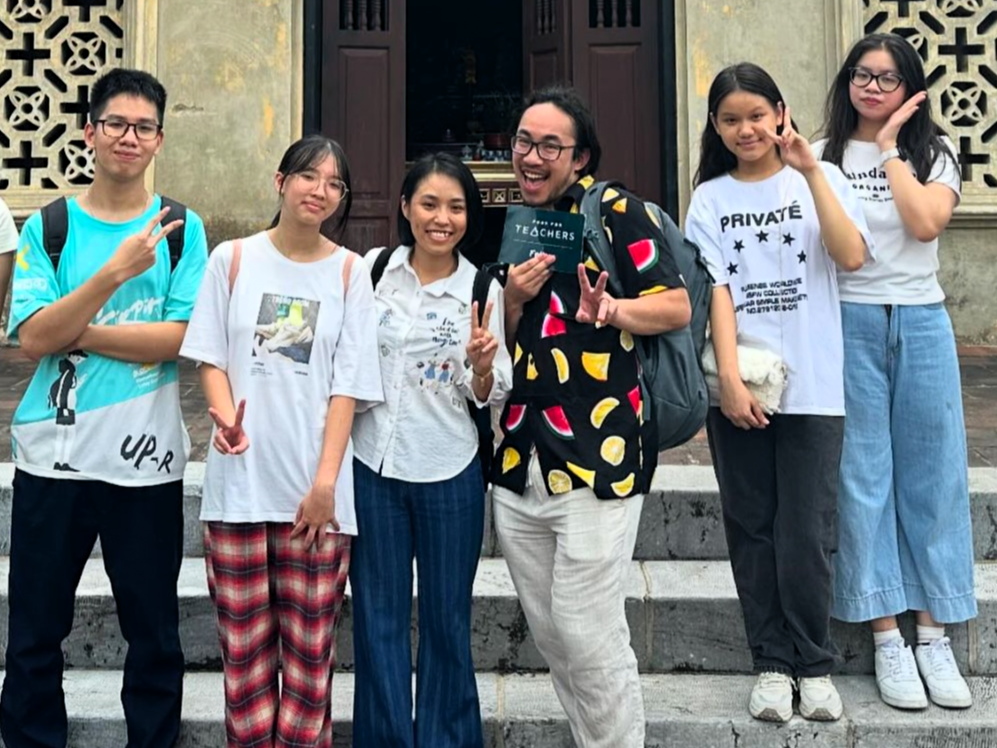
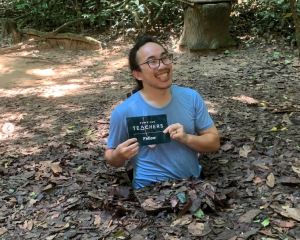
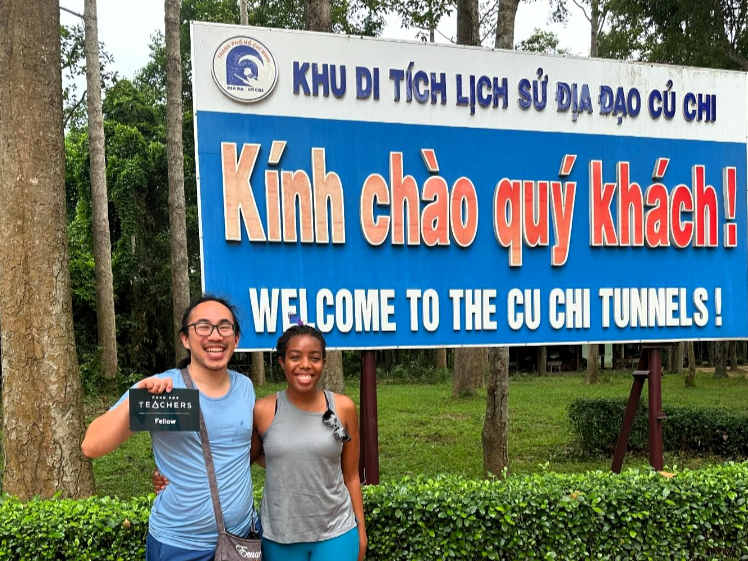
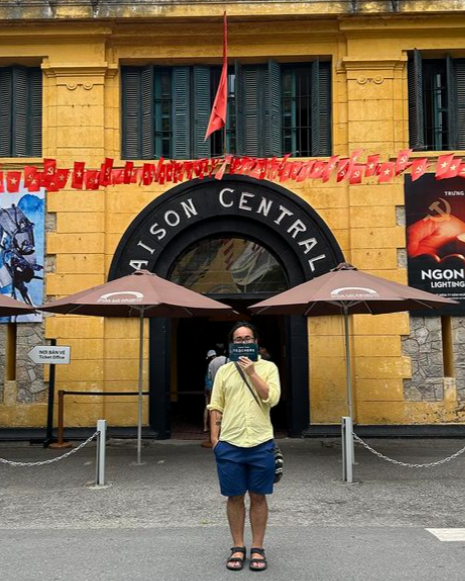
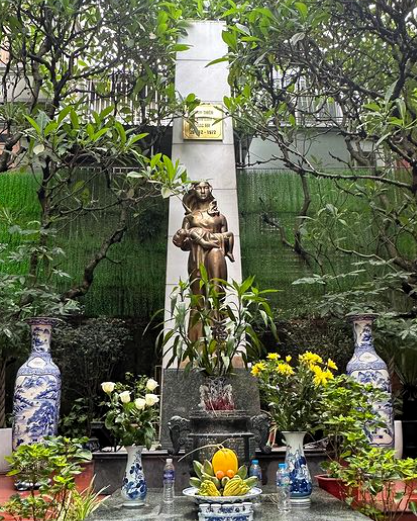
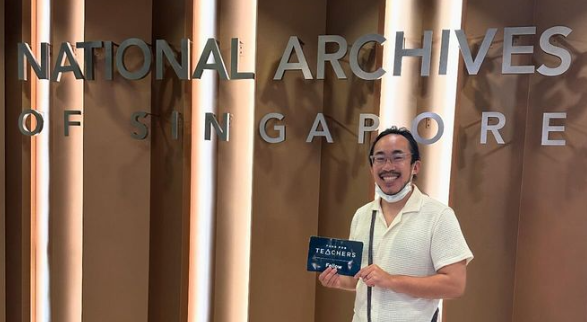
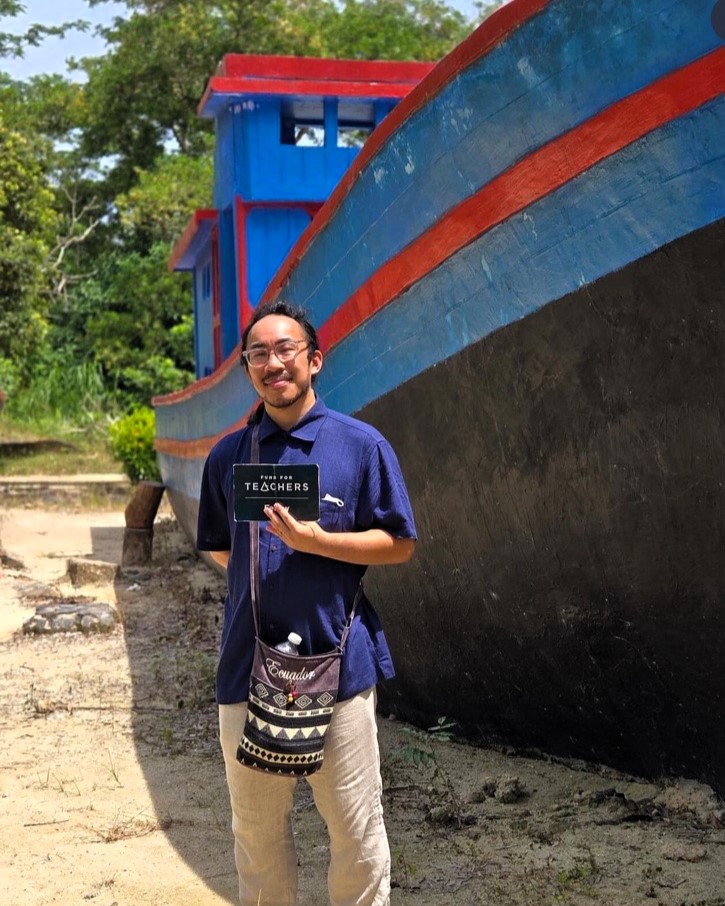
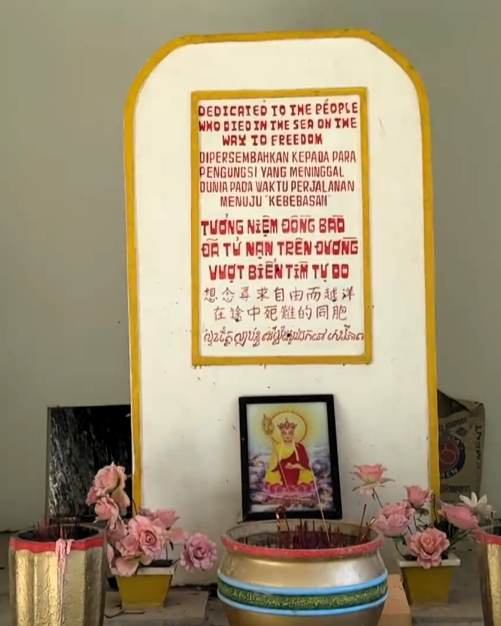
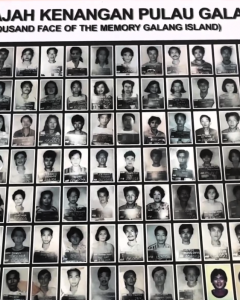
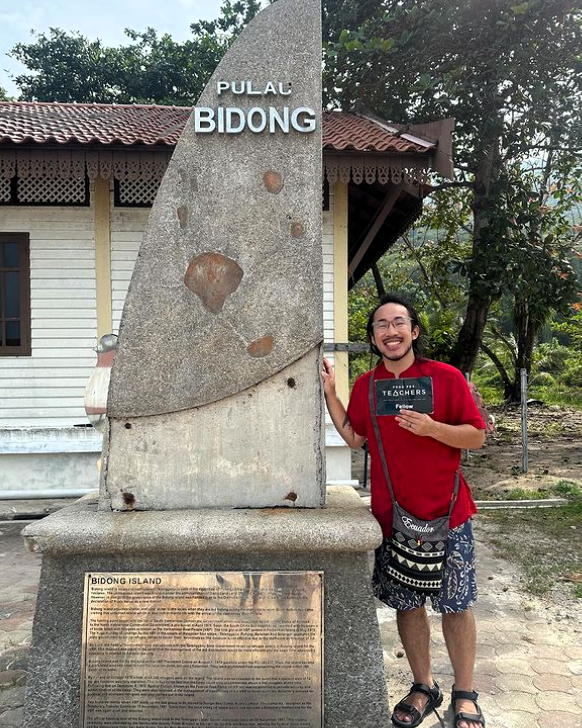
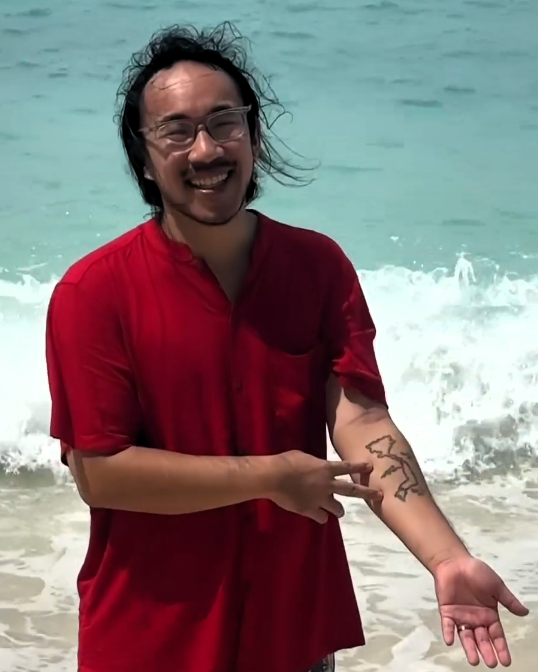
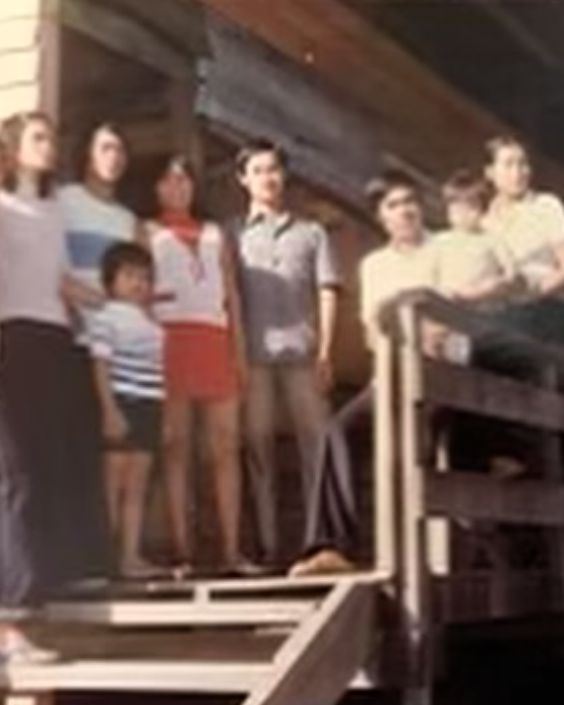
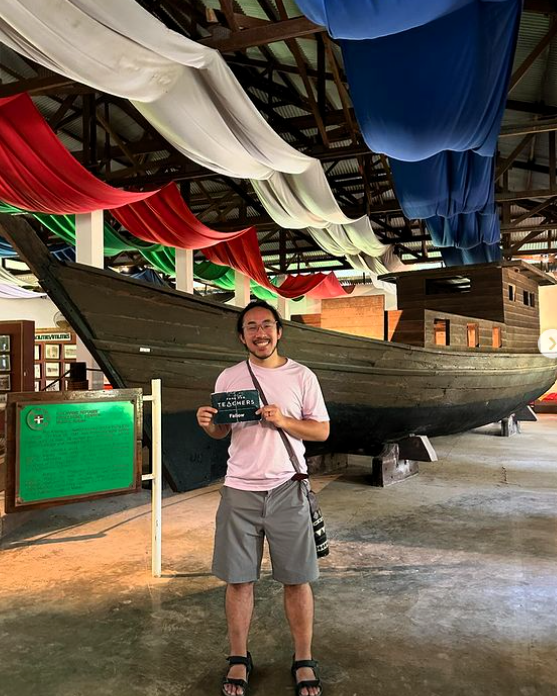
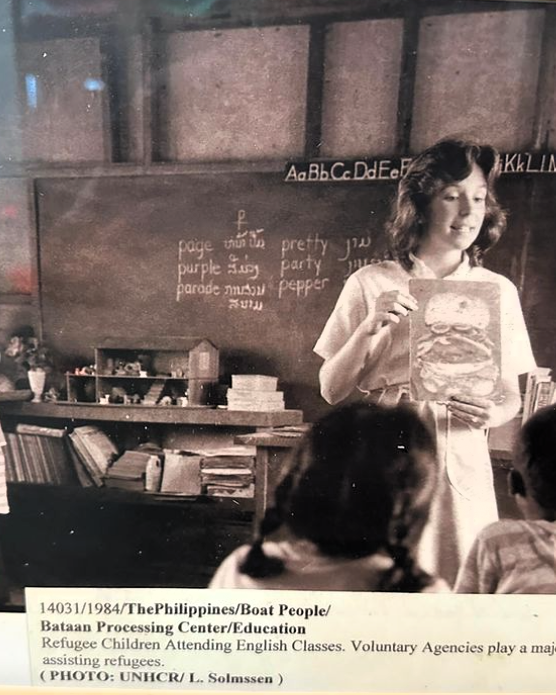
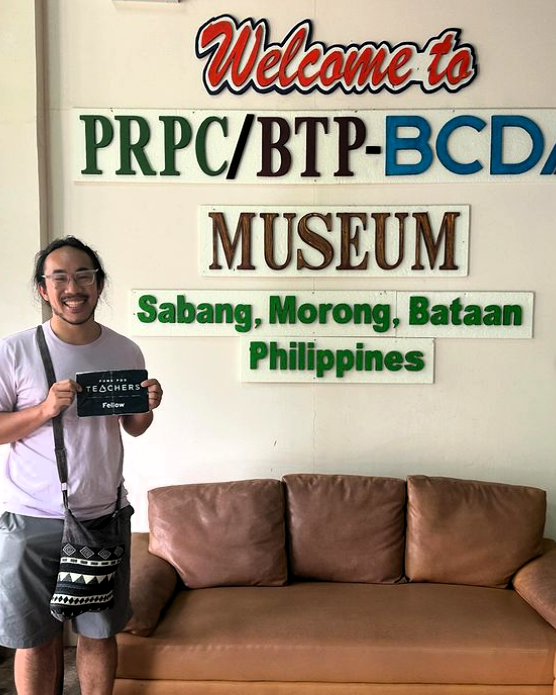
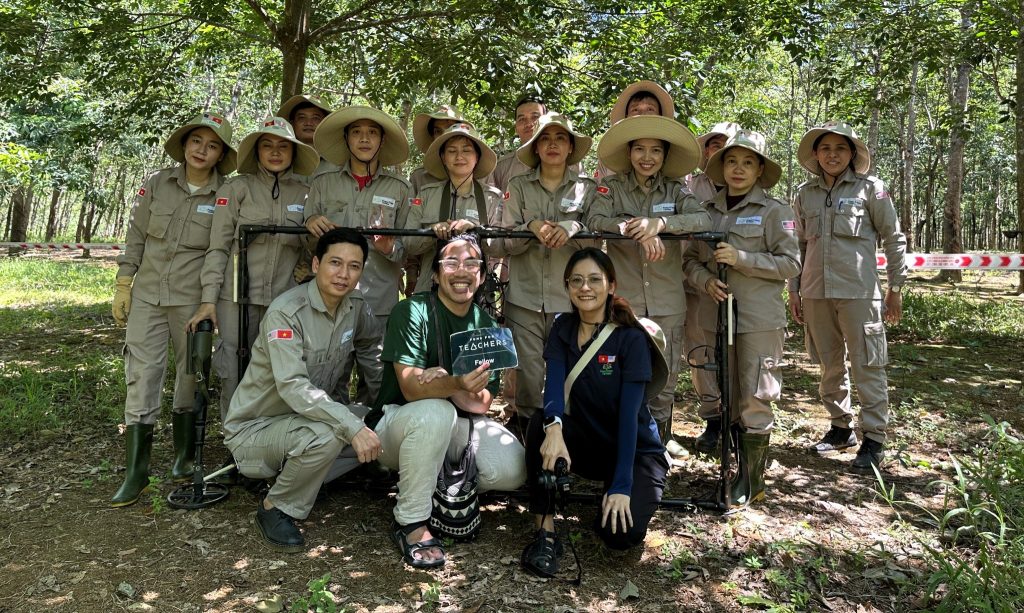
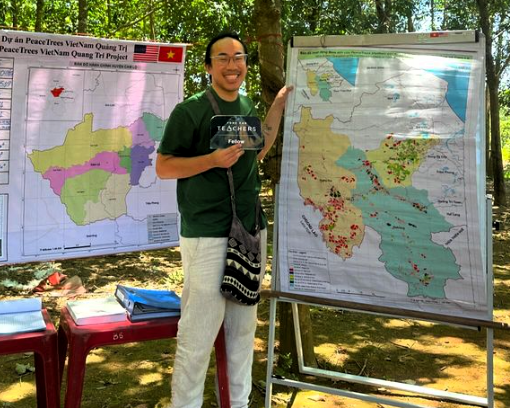
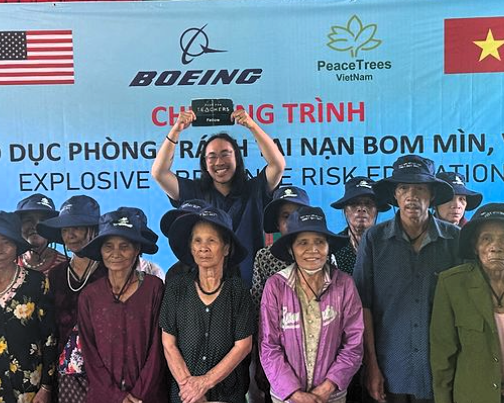
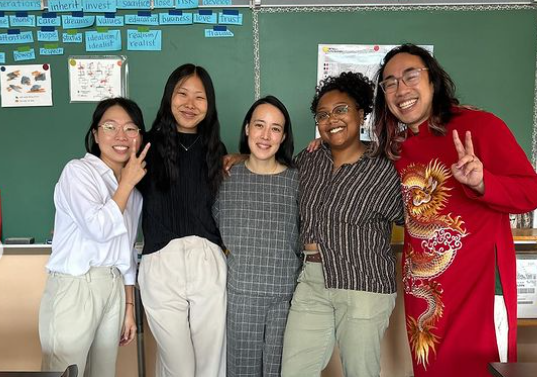
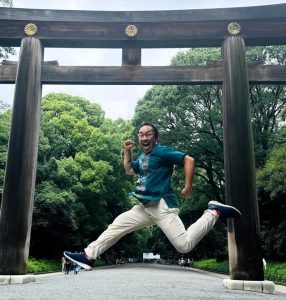
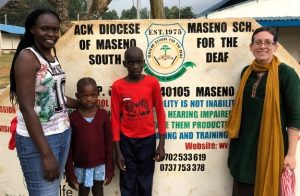
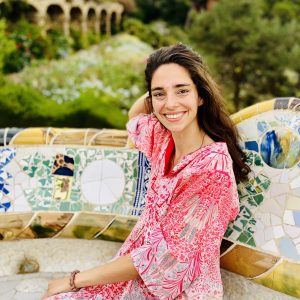
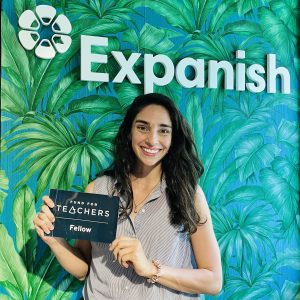
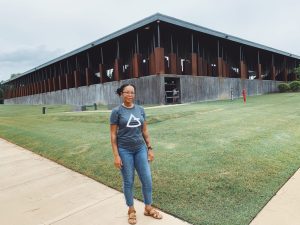
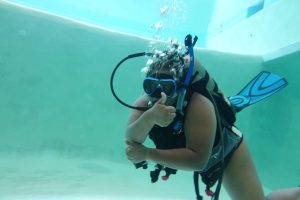 certification to complete archaeology and marine life trainings with the organization
certification to complete archaeology and marine life trainings with the organization 
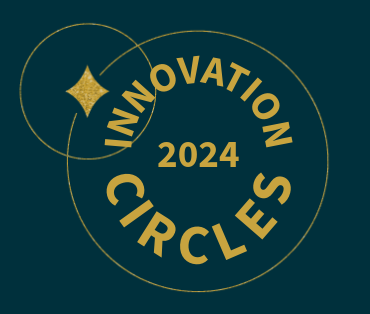
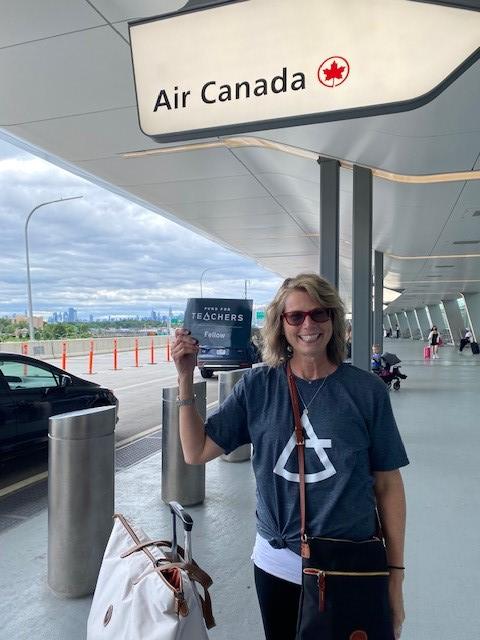
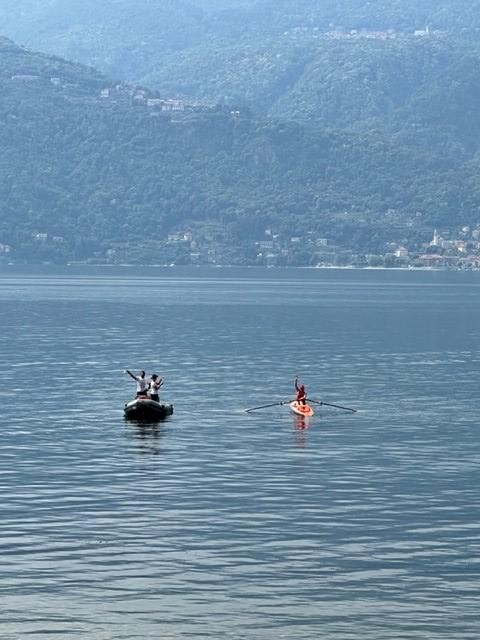
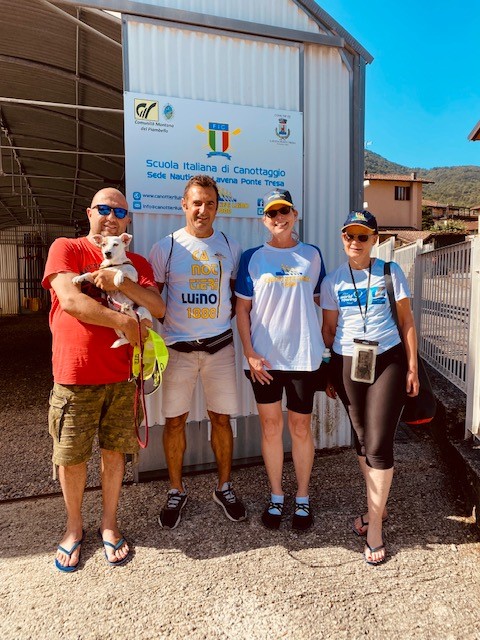
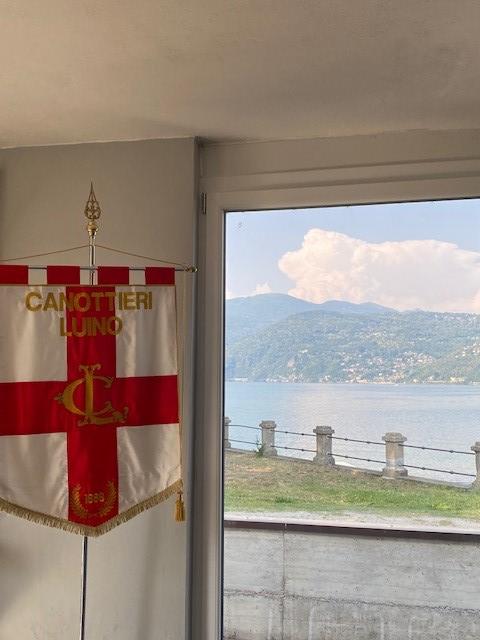
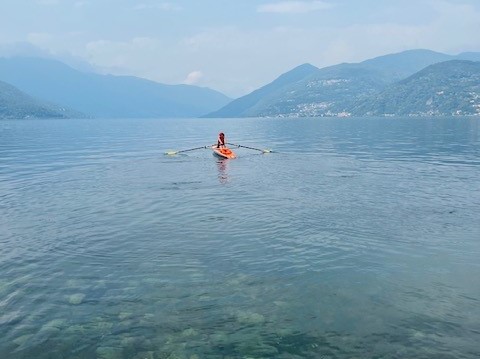 [minti_divider style=”1″ icon=”” margin=”20px 0px 20px 0px”]
[minti_divider style=”1″ icon=”” margin=”20px 0px 20px 0px”]